Atacora Stock Photos and Images
 Benin, Nothern distict, Atacora mountains area, panoramic view of the mountains Stock Photohttps://www.alamy.com/image-license-details/?v=1https://www.alamy.com/benin-nothern-distict-atacora-mountains-area-panoramic-view-of-the-mountains-image338942534.html
Benin, Nothern distict, Atacora mountains area, panoramic view of the mountains Stock Photohttps://www.alamy.com/image-license-details/?v=1https://www.alamy.com/benin-nothern-distict-atacora-mountains-area-panoramic-view-of-the-mountains-image338942534.htmlRM2AKC4JE–Benin, Nothern distict, Atacora mountains area, panoramic view of the mountains
 Hotel in the form of a Tata Somba, Natitingou, Atacora, Benin Stock Photohttps://www.alamy.com/image-license-details/?v=1https://www.alamy.com/hotel-in-the-form-of-a-tata-somba-natitingou-atacora-benin-image491824663.html
Hotel in the form of a Tata Somba, Natitingou, Atacora, Benin Stock Photohttps://www.alamy.com/image-license-details/?v=1https://www.alamy.com/hotel-in-the-form-of-a-tata-somba-natitingou-atacora-benin-image491824663.htmlRM2KG4FAF–Hotel in the form of a Tata Somba, Natitingou, Atacora, Benin
 Benin, Nothern distict, Atacora mountains area, Koussoukoingou, girl playing with ballons Stock Photohttps://www.alamy.com/image-license-details/?v=1https://www.alamy.com/benin-nothern-distict-atacora-mountains-area-koussoukoingou-girl-playing-with-ballons-image338942548.html
Benin, Nothern distict, Atacora mountains area, Koussoukoingou, girl playing with ballons Stock Photohttps://www.alamy.com/image-license-details/?v=1https://www.alamy.com/benin-nothern-distict-atacora-mountains-area-koussoukoingou-girl-playing-with-ballons-image338942548.htmlRM2AKC4K0–Benin, Nothern distict, Atacora mountains area, Koussoukoingou, girl playing with ballons
 Portrait of a Somba (Betamaribé ) man. The Somba tribe scar their faces and bodies to beautify themselves. Stock Photohttps://www.alamy.com/image-license-details/?v=1https://www.alamy.com/stock-photo-portrait-of-a-somba-betamarib-man-the-somba-tribe-scar-their-faces-36901141.html
Portrait of a Somba (Betamaribé ) man. The Somba tribe scar their faces and bodies to beautify themselves. Stock Photohttps://www.alamy.com/image-license-details/?v=1https://www.alamy.com/stock-photo-portrait-of-a-somba-betamarib-man-the-somba-tribe-scar-their-faces-36901141.htmlRMC40YNW–Portrait of a Somba (Betamaribé ) man. The Somba tribe scar their faces and bodies to beautify themselves.
 Benin, Nothern distict, Atacora mountains area, manual tillage in the fields Stock Photohttps://www.alamy.com/image-license-details/?v=1https://www.alamy.com/benin-nothern-distict-atacora-mountains-area-manual-tillage-in-the-fields-image338942513.html
Benin, Nothern distict, Atacora mountains area, manual tillage in the fields Stock Photohttps://www.alamy.com/image-license-details/?v=1https://www.alamy.com/benin-nothern-distict-atacora-mountains-area-manual-tillage-in-the-fields-image338942513.htmlRM2AKC4HN–Benin, Nothern distict, Atacora mountains area, manual tillage in the fields
 A Somba woman smoking a traditional pipe. Stock Photohttps://www.alamy.com/image-license-details/?v=1https://www.alamy.com/stock-photo-a-somba-woman-smoking-a-traditional-pipe-43968319.html
A Somba woman smoking a traditional pipe. Stock Photohttps://www.alamy.com/image-license-details/?v=1https://www.alamy.com/stock-photo-a-somba-woman-smoking-a-traditional-pipe-43968319.htmlRMCFEX13–A Somba woman smoking a traditional pipe.
 Benin, Nothern distict, Atacora mountains area, woman in front of Atacora mountains Stock Photohttps://www.alamy.com/image-license-details/?v=1https://www.alamy.com/benin-nothern-distict-atacora-mountains-area-woman-in-front-of-atacora-mountains-image338942540.html
Benin, Nothern distict, Atacora mountains area, woman in front of Atacora mountains Stock Photohttps://www.alamy.com/image-license-details/?v=1https://www.alamy.com/benin-nothern-distict-atacora-mountains-area-woman-in-front-of-atacora-mountains-image338942540.htmlRM2AKC4JM–Benin, Nothern distict, Atacora mountains area, woman in front of Atacora mountains
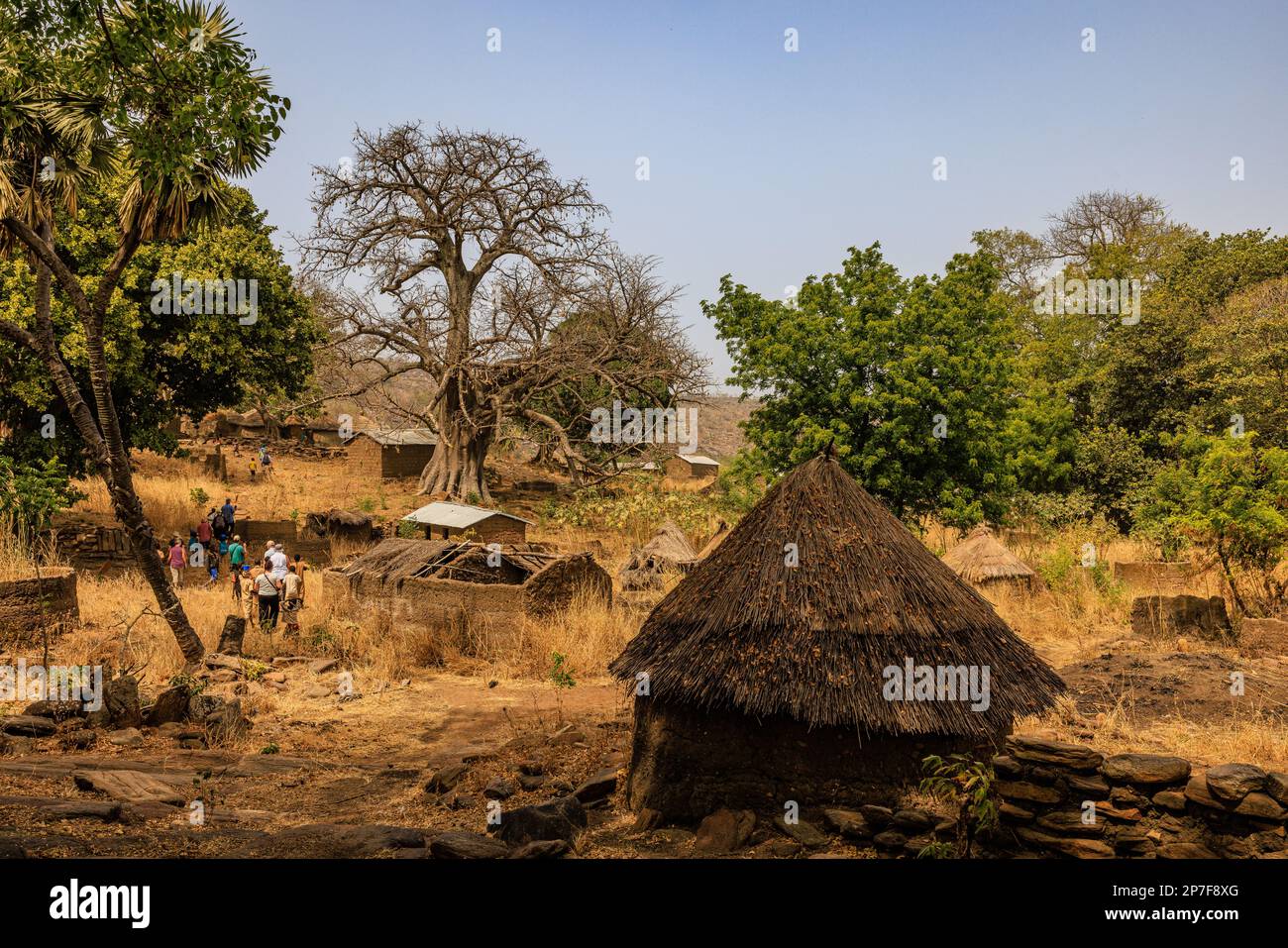 traditional african rural taneka village in benin with circular clay houses with conical thatched roofs topped with a cooking pot Stock Photohttps://www.alamy.com/image-license-details/?v=1https://www.alamy.com/traditional-african-rural-taneka-village-in-benin-with-circular-clay-houses-with-conical-thatched-roofs-topped-with-a-cooking-pot-image538160296.html
traditional african rural taneka village in benin with circular clay houses with conical thatched roofs topped with a cooking pot Stock Photohttps://www.alamy.com/image-license-details/?v=1https://www.alamy.com/traditional-african-rural-taneka-village-in-benin-with-circular-clay-houses-with-conical-thatched-roofs-topped-with-a-cooking-pot-image538160296.htmlRF2P7F8XG–traditional african rural taneka village in benin with circular clay houses with conical thatched roofs topped with a cooking pot
 Benin, Nothern distict, Atacora mountains area, Koussoukoingou, children playing in front of school Stock Photohttps://www.alamy.com/image-license-details/?v=1https://www.alamy.com/benin-nothern-distict-atacora-mountains-area-koussoukoingou-children-playing-in-front-of-school-image338942505.html
Benin, Nothern distict, Atacora mountains area, Koussoukoingou, children playing in front of school Stock Photohttps://www.alamy.com/image-license-details/?v=1https://www.alamy.com/benin-nothern-distict-atacora-mountains-area-koussoukoingou-children-playing-in-front-of-school-image338942505.htmlRM2AKC4HD–Benin, Nothern distict, Atacora mountains area, Koussoukoingou, children playing in front of school
 Atacora department watercolor map of Benin Stock Photohttps://www.alamy.com/image-license-details/?v=1https://www.alamy.com/atacora-department-watercolor-map-of-benin-image244492134.html
Atacora department watercolor map of Benin Stock Photohttps://www.alamy.com/image-license-details/?v=1https://www.alamy.com/atacora-department-watercolor-map-of-benin-image244492134.htmlRFT5NG5X–Atacora department watercolor map of Benin
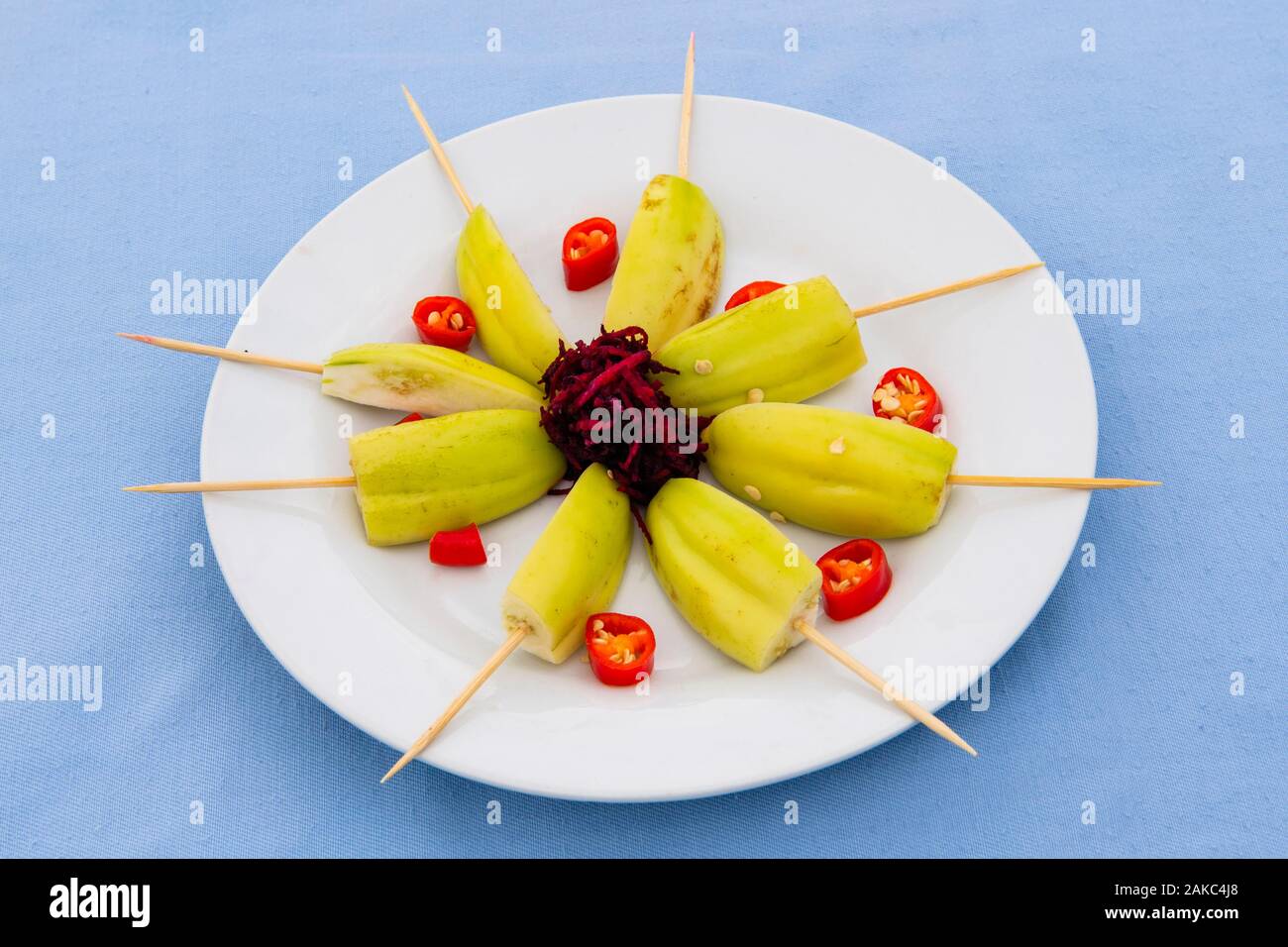 Benin, Atacora area, Nothern district, traditional dish from the north of the country consisting of local eggplants called Agbitsan Stock Photohttps://www.alamy.com/image-license-details/?v=1https://www.alamy.com/benin-atacora-area-nothern-district-traditional-dish-from-the-north-of-the-country-consisting-of-local-eggplants-called-agbitsan-image338942528.html
Benin, Atacora area, Nothern district, traditional dish from the north of the country consisting of local eggplants called Agbitsan Stock Photohttps://www.alamy.com/image-license-details/?v=1https://www.alamy.com/benin-atacora-area-nothern-district-traditional-dish-from-the-north-of-the-country-consisting-of-local-eggplants-called-agbitsan-image338942528.htmlRM2AKC4J8–Benin, Atacora area, Nothern district, traditional dish from the north of the country consisting of local eggplants called Agbitsan
 Togo, West Africa, Nadoba, tamberma somba tribe man standing in front of an old baobab where people used to live inside the empty trunk long time ago Stock Photohttps://www.alamy.com/image-license-details/?v=1https://www.alamy.com/stock-photo-togo-west-africa-nadoba-tamberma-somba-tribe-man-standing-in-front-87716551.html
Togo, West Africa, Nadoba, tamberma somba tribe man standing in front of an old baobab where people used to live inside the empty trunk long time ago Stock Photohttps://www.alamy.com/image-license-details/?v=1https://www.alamy.com/stock-photo-togo-west-africa-nadoba-tamberma-somba-tribe-man-standing-in-front-87716551.htmlRMF2KR9Y–Togo, West Africa, Nadoba, tamberma somba tribe man standing in front of an old baobab where people used to live inside the empty trunk long time ago
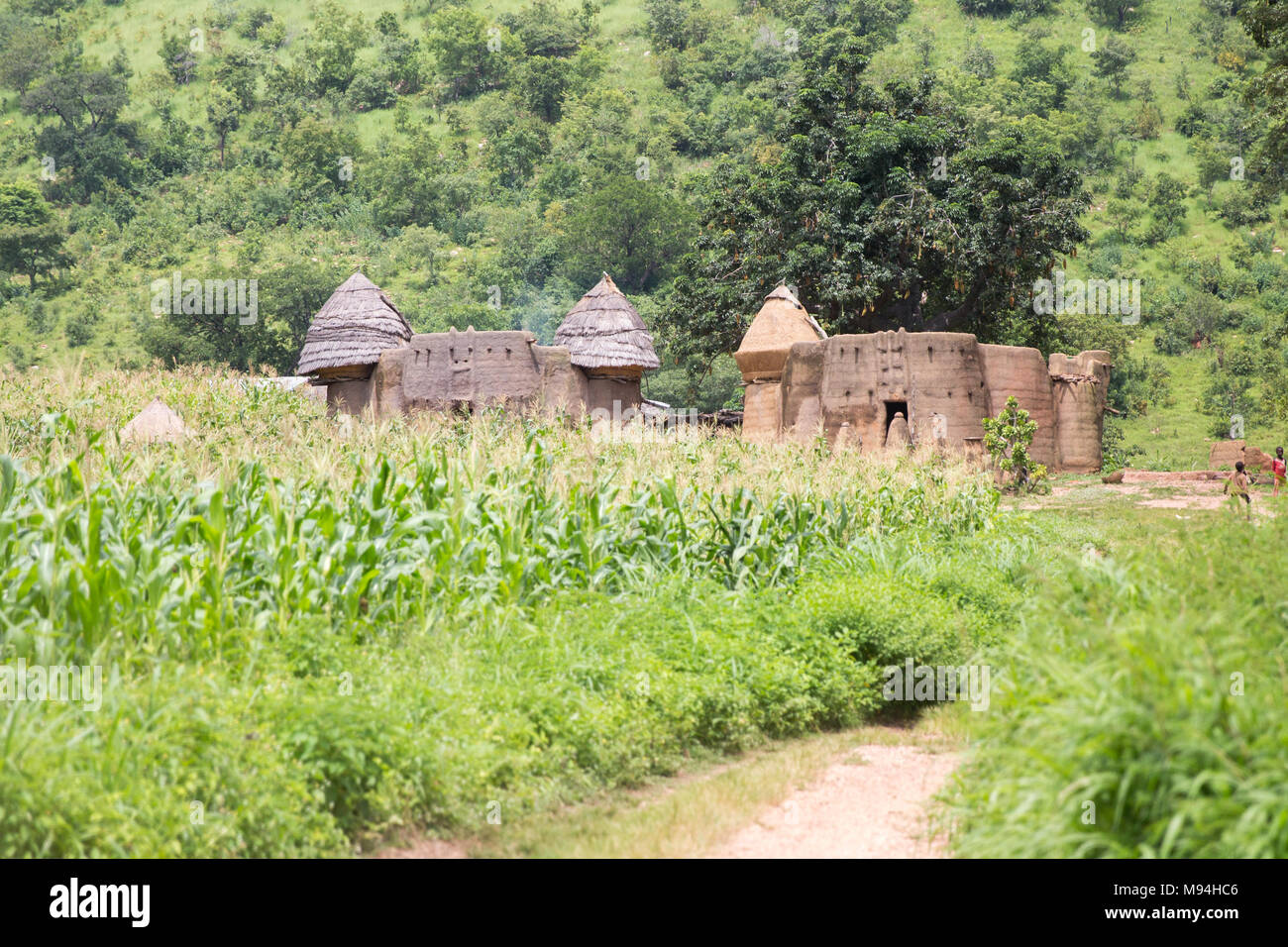 The Somba people are famous for the castle like houses called 'Tata Somba'. They were a means to resist night raids during the era when slave hunters in west Africa kidnaped their victims for sale. Stock Photohttps://www.alamy.com/image-license-details/?v=1https://www.alamy.com/the-somba-people-are-famous-for-the-castle-like-houses-called-tata-somba-they-were-a-means-to-resist-night-raids-during-the-era-when-slave-hunters-in-west-africa-kidnaped-their-victims-for-sale-image177737062.html
The Somba people are famous for the castle like houses called 'Tata Somba'. They were a means to resist night raids during the era when slave hunters in west Africa kidnaped their victims for sale. Stock Photohttps://www.alamy.com/image-license-details/?v=1https://www.alamy.com/the-somba-people-are-famous-for-the-castle-like-houses-called-tata-somba-they-were-a-means-to-resist-night-raids-during-the-era-when-slave-hunters-in-west-africa-kidnaped-their-victims-for-sale-image177737062.htmlRMM94HC6–The Somba people are famous for the castle like houses called 'Tata Somba'. They were a means to resist night raids during the era when slave hunters in west Africa kidnaped their victims for sale.
 Map of Benin where Atakora is highlighted. Stock Photohttps://www.alamy.com/image-license-details/?v=1https://www.alamy.com/stock-photo-map-of-benin-where-atakora-is-highlighted-49258578.html
Map of Benin where Atakora is highlighted. Stock Photohttps://www.alamy.com/image-license-details/?v=1https://www.alamy.com/stock-photo-map-of-benin-where-atakora-is-highlighted-49258578.htmlRFCT3WPX–Map of Benin where Atakora is highlighted.
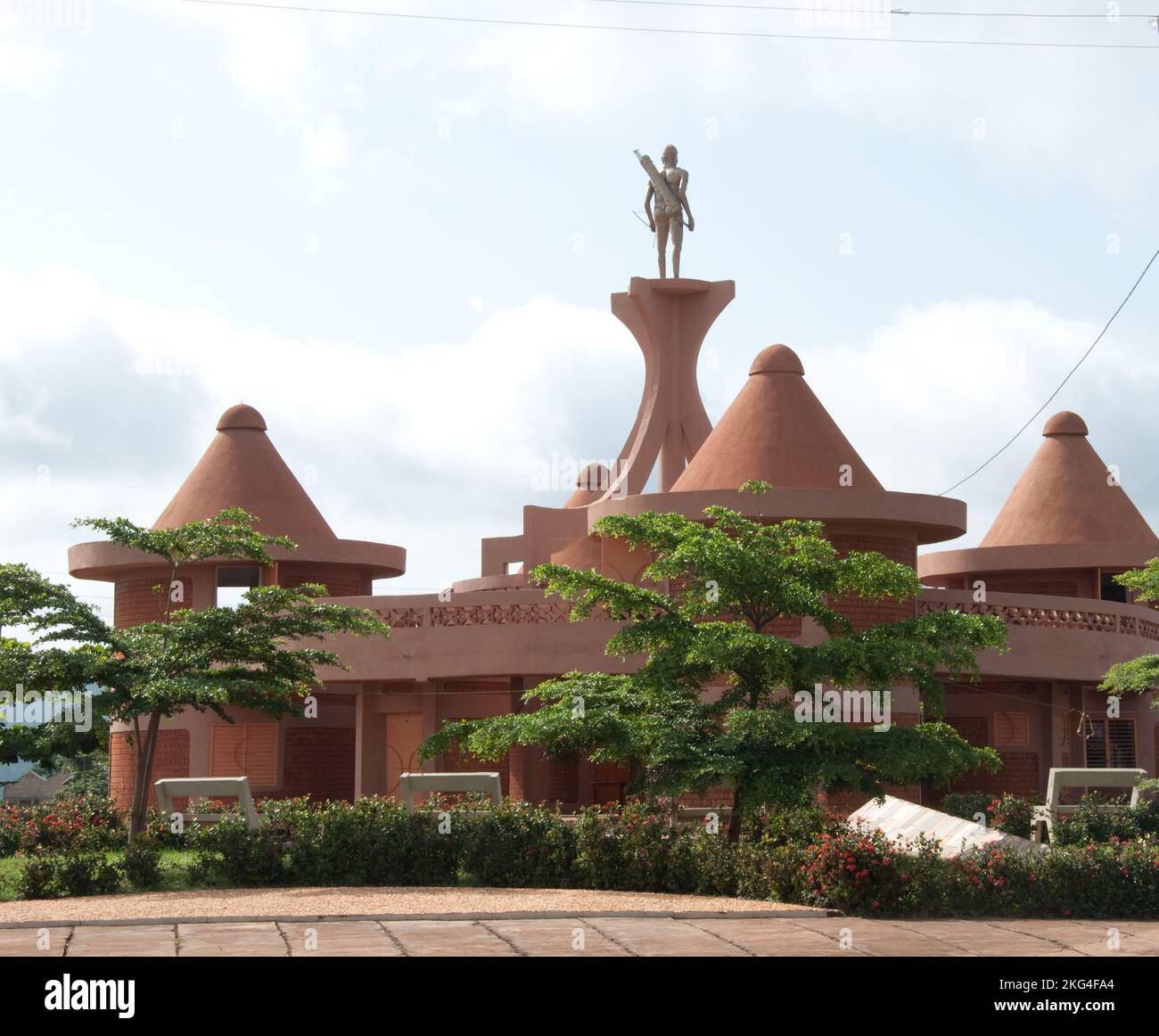 Hotel in the form of a Tata Somba, Natitingou, Atacora, Benin Stock Photohttps://www.alamy.com/image-license-details/?v=1https://www.alamy.com/hotel-in-the-form-of-a-tata-somba-natitingou-atacora-benin-image491824652.html
Hotel in the form of a Tata Somba, Natitingou, Atacora, Benin Stock Photohttps://www.alamy.com/image-license-details/?v=1https://www.alamy.com/hotel-in-the-form-of-a-tata-somba-natitingou-atacora-benin-image491824652.htmlRM2KG4FA4–Hotel in the form of a Tata Somba, Natitingou, Atacora, Benin
 Children in west Africa. Stock Photohttps://www.alamy.com/image-license-details/?v=1https://www.alamy.com/stock-photo-children-in-west-africa-37066169.html
Children in west Africa. Stock Photohttps://www.alamy.com/image-license-details/?v=1https://www.alamy.com/stock-photo-children-in-west-africa-37066169.htmlRMC48E7N–Children in west Africa.
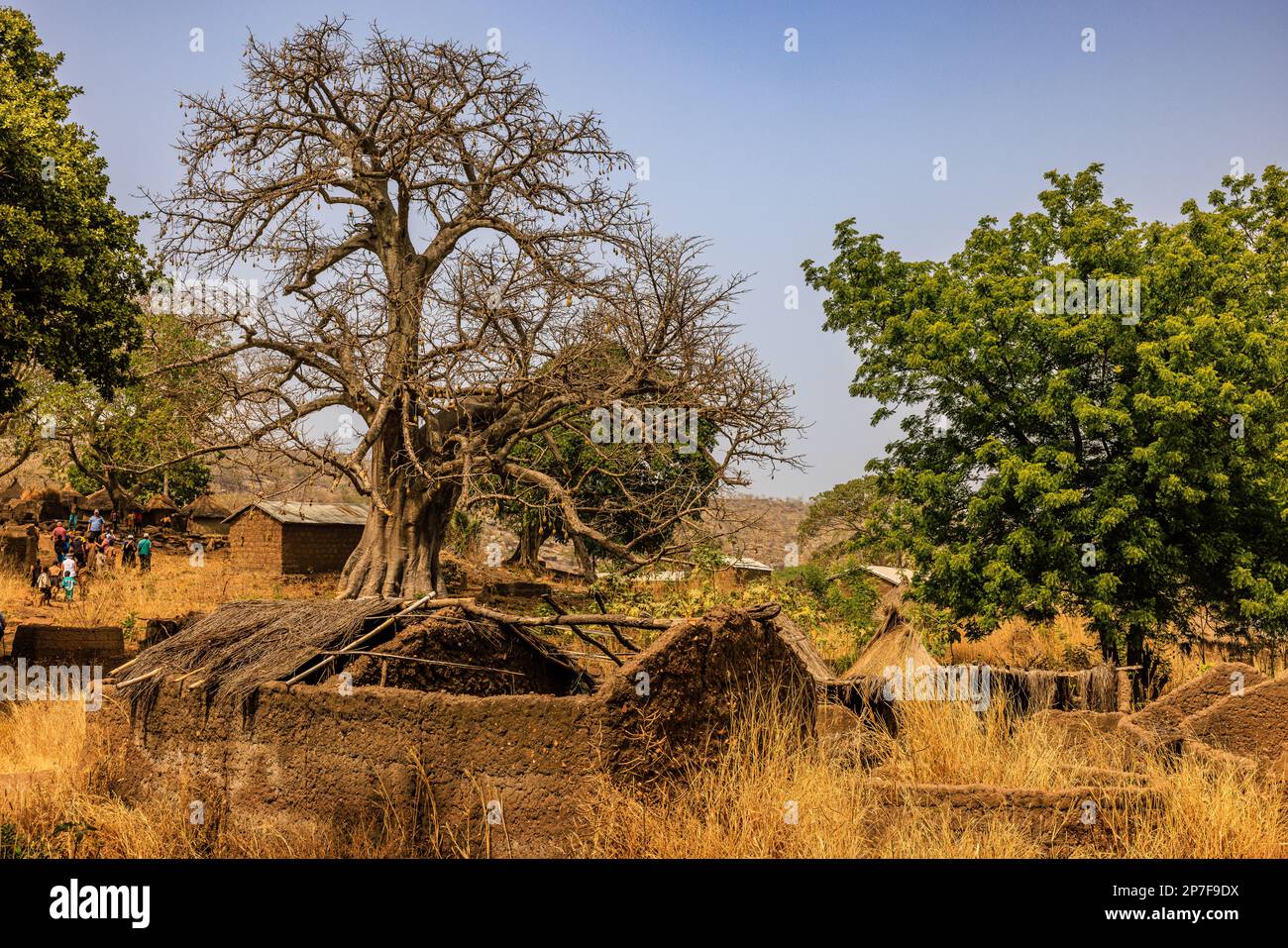 traditional african rural taneka village in benin with circular clay houses with conical thatched roofs topped with a cooking pot Stock Photohttps://www.alamy.com/image-license-details/?v=1https://www.alamy.com/traditional-african-rural-taneka-village-in-benin-with-circular-clay-houses-with-conical-thatched-roofs-topped-with-a-cooking-pot-image538160726.html
traditional african rural taneka village in benin with circular clay houses with conical thatched roofs topped with a cooking pot Stock Photohttps://www.alamy.com/image-license-details/?v=1https://www.alamy.com/traditional-african-rural-taneka-village-in-benin-with-circular-clay-houses-with-conical-thatched-roofs-topped-with-a-cooking-pot-image538160726.htmlRF2P7F9DX–traditional african rural taneka village in benin with circular clay houses with conical thatched roofs topped with a cooking pot
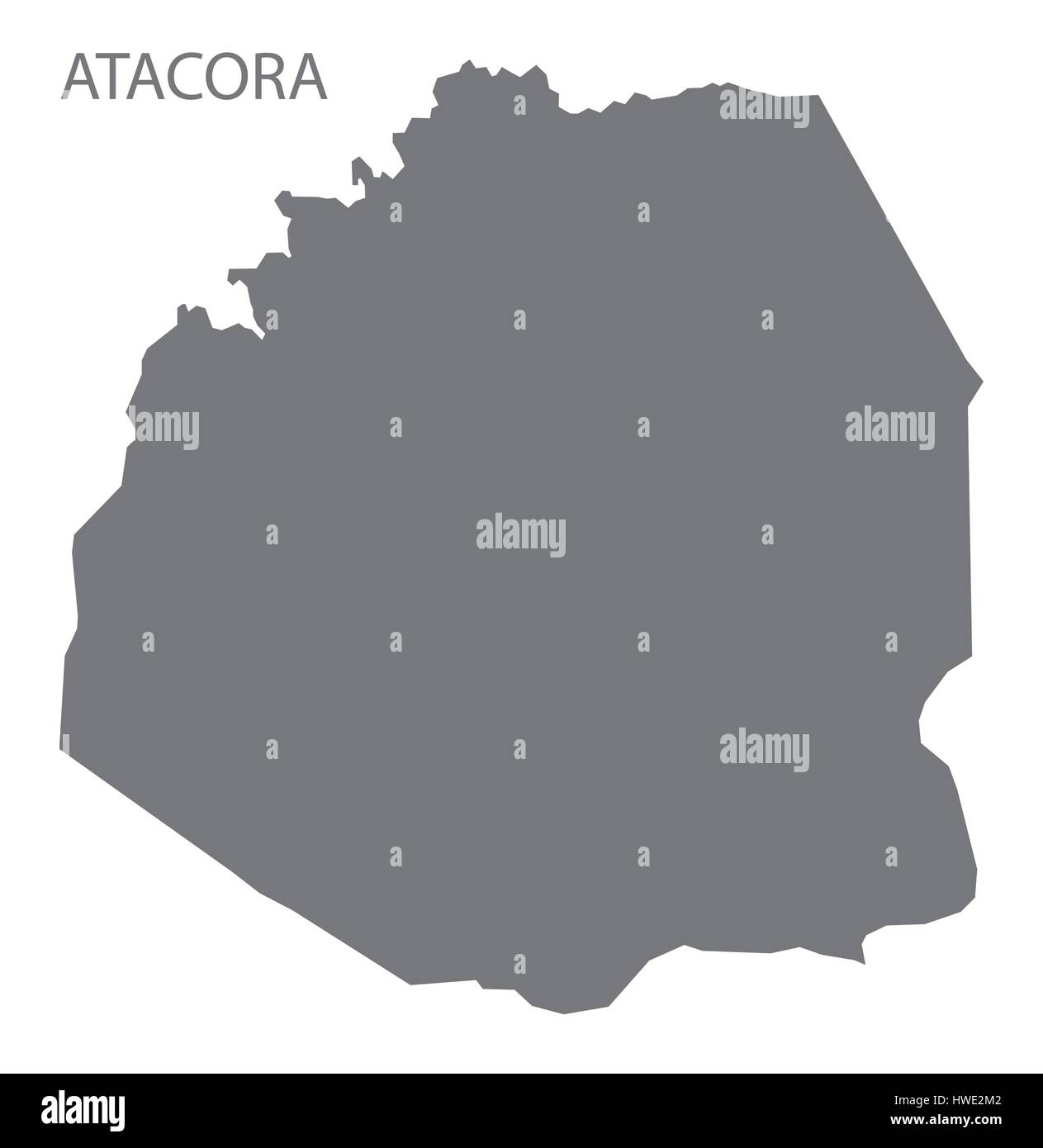 Atacora Benin department map grey illustration silhouette Stock Vectorhttps://www.alamy.com/image-license-details/?v=1https://www.alamy.com/stock-photo-atacora-benin-department-map-grey-illustration-silhouette-136148434.html
Atacora Benin department map grey illustration silhouette Stock Vectorhttps://www.alamy.com/image-license-details/?v=1https://www.alamy.com/stock-photo-atacora-benin-department-map-grey-illustration-silhouette-136148434.htmlRFHWE2M2–Atacora Benin department map grey illustration silhouette
 Benin, Atacora area, Nothern district, traditional dish from the north of the country consisting of slices of Peul cow cheese soaked in sorghum leaves giving it the red color Stock Photohttps://www.alamy.com/image-license-details/?v=1https://www.alamy.com/benin-atacora-area-nothern-district-traditional-dish-from-the-north-of-the-country-consisting-of-slices-of-peul-cow-cheese-soaked-in-sorghum-leaves-giving-it-the-red-color-image338942525.html
Benin, Atacora area, Nothern district, traditional dish from the north of the country consisting of slices of Peul cow cheese soaked in sorghum leaves giving it the red color Stock Photohttps://www.alamy.com/image-license-details/?v=1https://www.alamy.com/benin-atacora-area-nothern-district-traditional-dish-from-the-north-of-the-country-consisting-of-slices-of-peul-cow-cheese-soaked-in-sorghum-leaves-giving-it-the-red-color-image338942525.htmlRM2AKC4J5–Benin, Atacora area, Nothern district, traditional dish from the north of the country consisting of slices of Peul cow cheese soaked in sorghum leaves giving it the red color
 Modern Map - Atacora BJ Stock Vectorhttps://www.alamy.com/image-license-details/?v=1https://www.alamy.com/stock-photo-modern-map-atacora-bj-124643405.html
Modern Map - Atacora BJ Stock Vectorhttps://www.alamy.com/image-license-details/?v=1https://www.alamy.com/stock-photo-modern-map-atacora-bj-124643405.htmlRFH6NYX5–Modern Map - Atacora BJ
 Togo, West Africa, Nadoba, traditional tata somba house with three horns that indicates that the father the mother and the grand father still lives Stock Photohttps://www.alamy.com/image-license-details/?v=1https://www.alamy.com/stock-photo-togo-west-africa-nadoba-traditional-tata-somba-house-with-three-horns-87720411.html
Togo, West Africa, Nadoba, traditional tata somba house with three horns that indicates that the father the mother and the grand father still lives Stock Photohttps://www.alamy.com/image-license-details/?v=1https://www.alamy.com/stock-photo-togo-west-africa-nadoba-traditional-tata-somba-house-with-three-horns-87720411.htmlRMF2M07R–Togo, West Africa, Nadoba, traditional tata somba house with three horns that indicates that the father the mother and the grand father still lives
 The Somba people are famous for the castle like houses called 'Tata Somba'. They were a means to resist night raids during the era when slave hunters in west Africa kidnaped their victims for sale. Stock Photohttps://www.alamy.com/image-license-details/?v=1https://www.alamy.com/the-somba-people-are-famous-for-the-castle-like-houses-called-tata-somba-they-were-a-means-to-resist-night-raids-during-the-era-when-slave-hunters-in-west-africa-kidnaped-their-victims-for-sale-image177737059.html
The Somba people are famous for the castle like houses called 'Tata Somba'. They were a means to resist night raids during the era when slave hunters in west Africa kidnaped their victims for sale. Stock Photohttps://www.alamy.com/image-license-details/?v=1https://www.alamy.com/the-somba-people-are-famous-for-the-castle-like-houses-called-tata-somba-they-were-a-means-to-resist-night-raids-during-the-era-when-slave-hunters-in-west-africa-kidnaped-their-victims-for-sale-image177737059.htmlRMM94HC3–The Somba people are famous for the castle like houses called 'Tata Somba'. They were a means to resist night raids during the era when slave hunters in west Africa kidnaped their victims for sale.
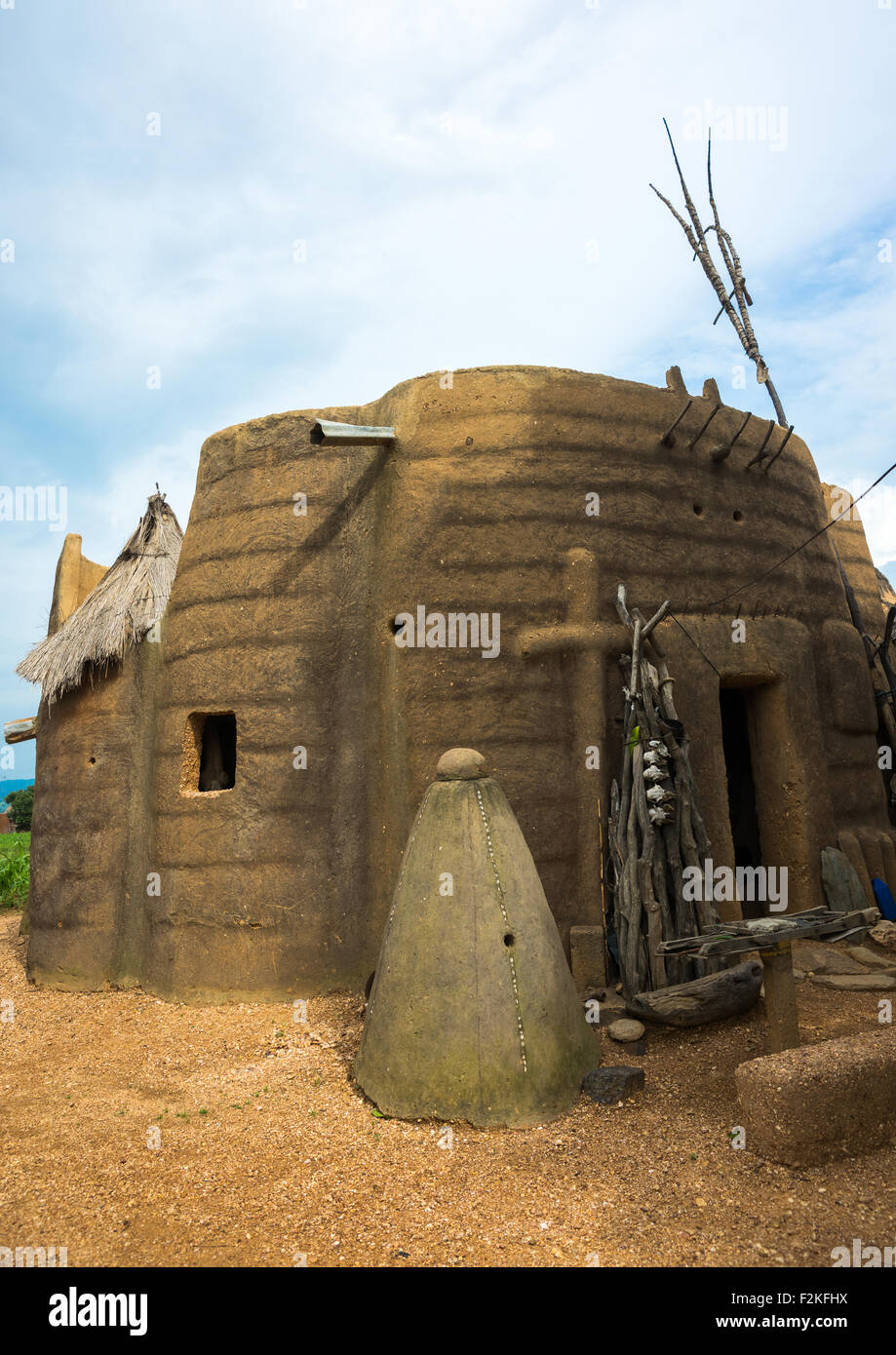 Benin, West Africa, Boukoumbé, voodoo altars representing the spirits of the dead people from the traditional tata somba house Stock Photohttps://www.alamy.com/image-license-details/?v=1https://www.alamy.com/stock-photo-benin-west-africa-boukoumb-voodoo-altars-representing-the-spirits-87710502.html
Benin, West Africa, Boukoumbé, voodoo altars representing the spirits of the dead people from the traditional tata somba house Stock Photohttps://www.alamy.com/image-license-details/?v=1https://www.alamy.com/stock-photo-benin-west-africa-boukoumb-voodoo-altars-representing-the-spirits-87710502.htmlRMF2KFHX–Benin, West Africa, Boukoumbé, voodoo altars representing the spirits of the dead people from the traditional tata somba house
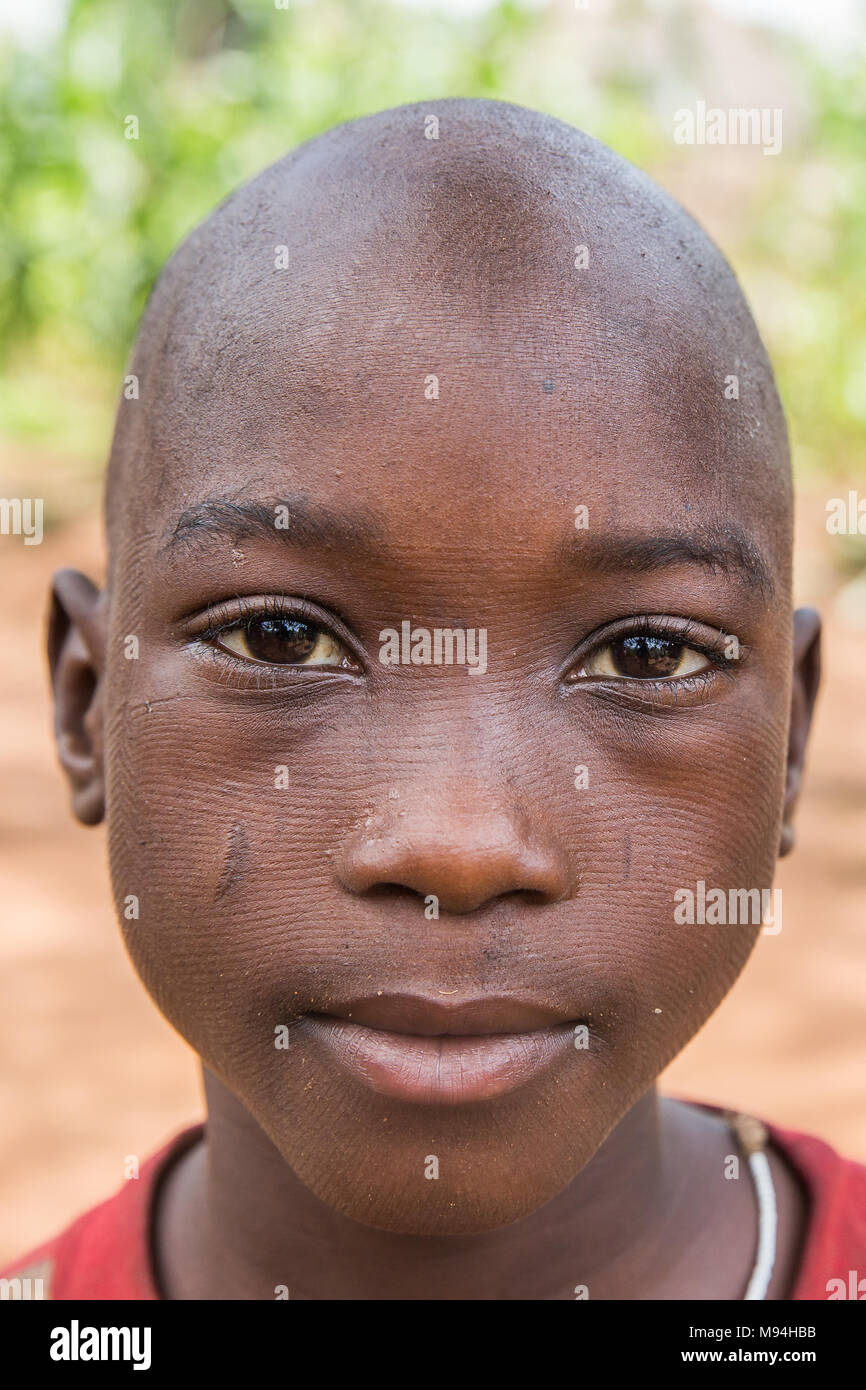 The Somba people, from northwestern Benin and northern Togo, are known for their body scarring rituals, starting at around two years old. These scars are a form of permanent identification mark, which identify a person as belonging to a particular tribe. Additional marks are added at puberty, marriage, post-child birth and other life events as a form of visible communication between people. Kossokouangou, north western Benin Stock Photohttps://www.alamy.com/image-license-details/?v=1https://www.alamy.com/the-somba-people-from-northwestern-benin-and-northern-togo-are-known-for-their-body-scarring-rituals-starting-at-around-two-years-old-these-scars-are-a-form-of-permanent-identification-mark-which-identify-a-person-as-belonging-to-a-particular-tribe-additional-marks-are-added-at-puberty-marriage-post-child-birth-and-other-life-events-as-a-form-of-visible-communication-between-people-kossokouangou-north-western-benin-image177737039.html
The Somba people, from northwestern Benin and northern Togo, are known for their body scarring rituals, starting at around two years old. These scars are a form of permanent identification mark, which identify a person as belonging to a particular tribe. Additional marks are added at puberty, marriage, post-child birth and other life events as a form of visible communication between people. Kossokouangou, north western Benin Stock Photohttps://www.alamy.com/image-license-details/?v=1https://www.alamy.com/the-somba-people-from-northwestern-benin-and-northern-togo-are-known-for-their-body-scarring-rituals-starting-at-around-two-years-old-these-scars-are-a-form-of-permanent-identification-mark-which-identify-a-person-as-belonging-to-a-particular-tribe-additional-marks-are-added-at-puberty-marriage-post-child-birth-and-other-life-events-as-a-form-of-visible-communication-between-people-kossokouangou-north-western-benin-image177737039.htmlRMM94HBB–The Somba people, from northwestern Benin and northern Togo, are known for their body scarring rituals, starting at around two years old. These scars are a form of permanent identification mark, which identify a person as belonging to a particular tribe. Additional marks are added at puberty, marriage, post-child birth and other life events as a form of visible communication between people. Kossokouangou, north western Benin
 Political map of Benin with the several departments where Atakora is highlighted. Stock Photohttps://www.alamy.com/image-license-details/?v=1https://www.alamy.com/stock-photo-political-map-of-benin-with-the-several-departments-where-atakora-49258017.html
Political map of Benin with the several departments where Atakora is highlighted. Stock Photohttps://www.alamy.com/image-license-details/?v=1https://www.alamy.com/stock-photo-political-map-of-benin-with-the-several-departments-where-atakora-49258017.htmlRFCT3W2W–Political map of Benin with the several departments where Atakora is highlighted.
 Roadside Snack Stall, Atacora, Benin Stock Photohttps://www.alamy.com/image-license-details/?v=1https://www.alamy.com/roadside-snack-stall-atacora-benin-image491812879.html
Roadside Snack Stall, Atacora, Benin Stock Photohttps://www.alamy.com/image-license-details/?v=1https://www.alamy.com/roadside-snack-stall-atacora-benin-image491812879.htmlRM2KG409K–Roadside Snack Stall, Atacora, Benin
 Small wood, Tangueta, Atacora, Benin Stock Photohttps://www.alamy.com/image-license-details/?v=1https://www.alamy.com/small-wood-tangueta-atacora-benin-image491825461.html
Small wood, Tangueta, Atacora, Benin Stock Photohttps://www.alamy.com/image-license-details/?v=1https://www.alamy.com/small-wood-tangueta-atacora-benin-image491825461.htmlRM2KG4GB1–Small wood, Tangueta, Atacora, Benin
 Portrait of a Somba (Betamaribé ) man. The Somba tribe scar their faces and bodies to beautify themselves. Stock Photohttps://www.alamy.com/image-license-details/?v=1https://www.alamy.com/stock-photo-portrait-of-a-somba-betamarib-man-the-somba-tribe-scar-their-faces-37066154.html
Portrait of a Somba (Betamaribé ) man. The Somba tribe scar their faces and bodies to beautify themselves. Stock Photohttps://www.alamy.com/image-license-details/?v=1https://www.alamy.com/stock-photo-portrait-of-a-somba-betamarib-man-the-somba-tribe-scar-their-faces-37066154.htmlRMC48E76–Portrait of a Somba (Betamaribé ) man. The Somba tribe scar their faces and bodies to beautify themselves.
 Bank of Africa; Natitingou, Atacora, Benin Stock Photohttps://www.alamy.com/image-license-details/?v=1https://www.alamy.com/bank-of-africa-natitingou-atacora-benin-image491825125.html
Bank of Africa; Natitingou, Atacora, Benin Stock Photohttps://www.alamy.com/image-license-details/?v=1https://www.alamy.com/bank-of-africa-natitingou-atacora-benin-image491825125.htmlRM2KG4FY1–Bank of Africa; Natitingou, Atacora, Benin
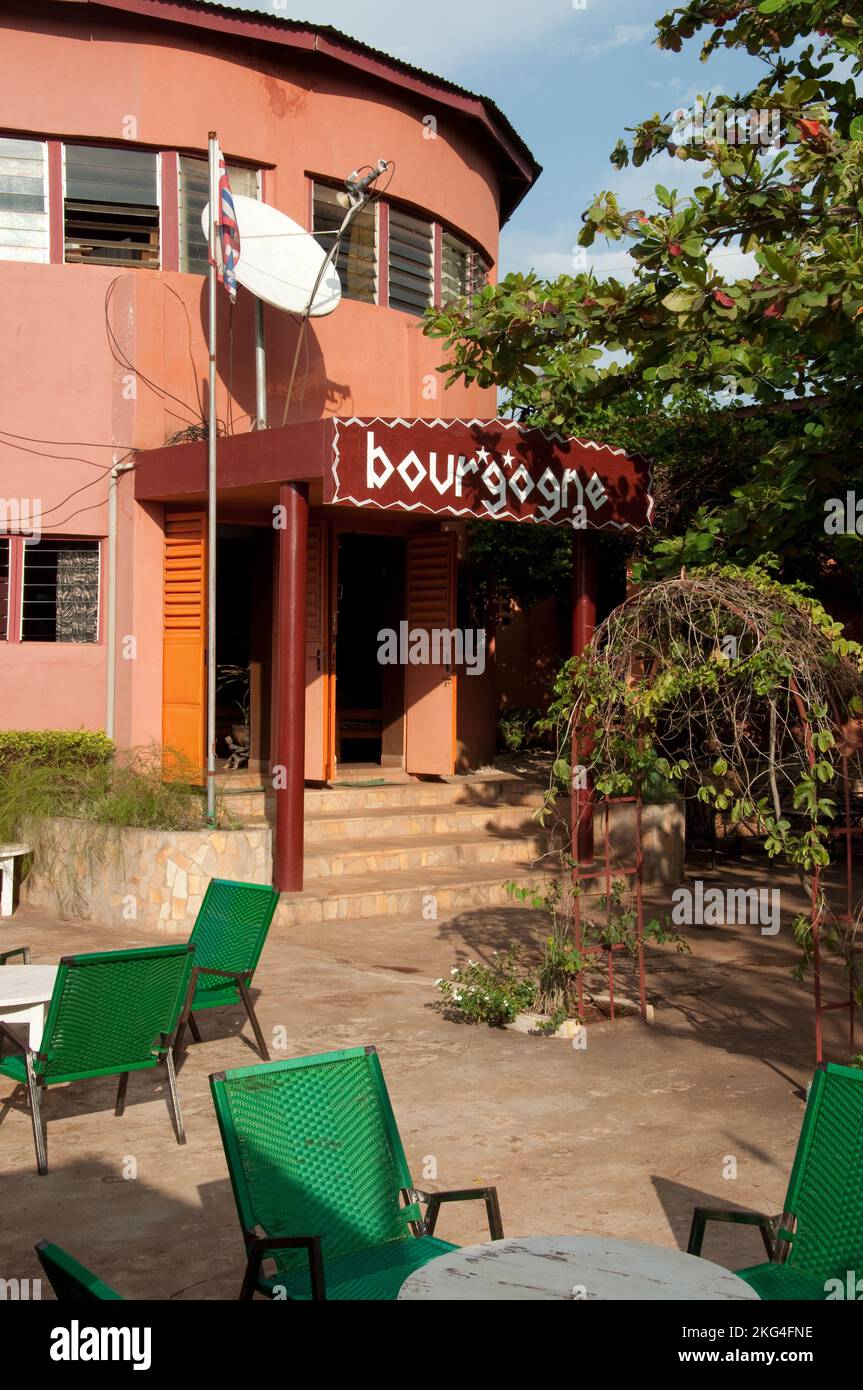 Hotel Bourgogne, Natitingou, Atacora, Benin Stock Photohttps://www.alamy.com/image-license-details/?v=1https://www.alamy.com/hotel-bourgogne-natitingou-atacora-benin-image491824970.html
Hotel Bourgogne, Natitingou, Atacora, Benin Stock Photohttps://www.alamy.com/image-license-details/?v=1https://www.alamy.com/hotel-bourgogne-natitingou-atacora-benin-image491824970.htmlRM2KG4FNE–Hotel Bourgogne, Natitingou, Atacora, Benin
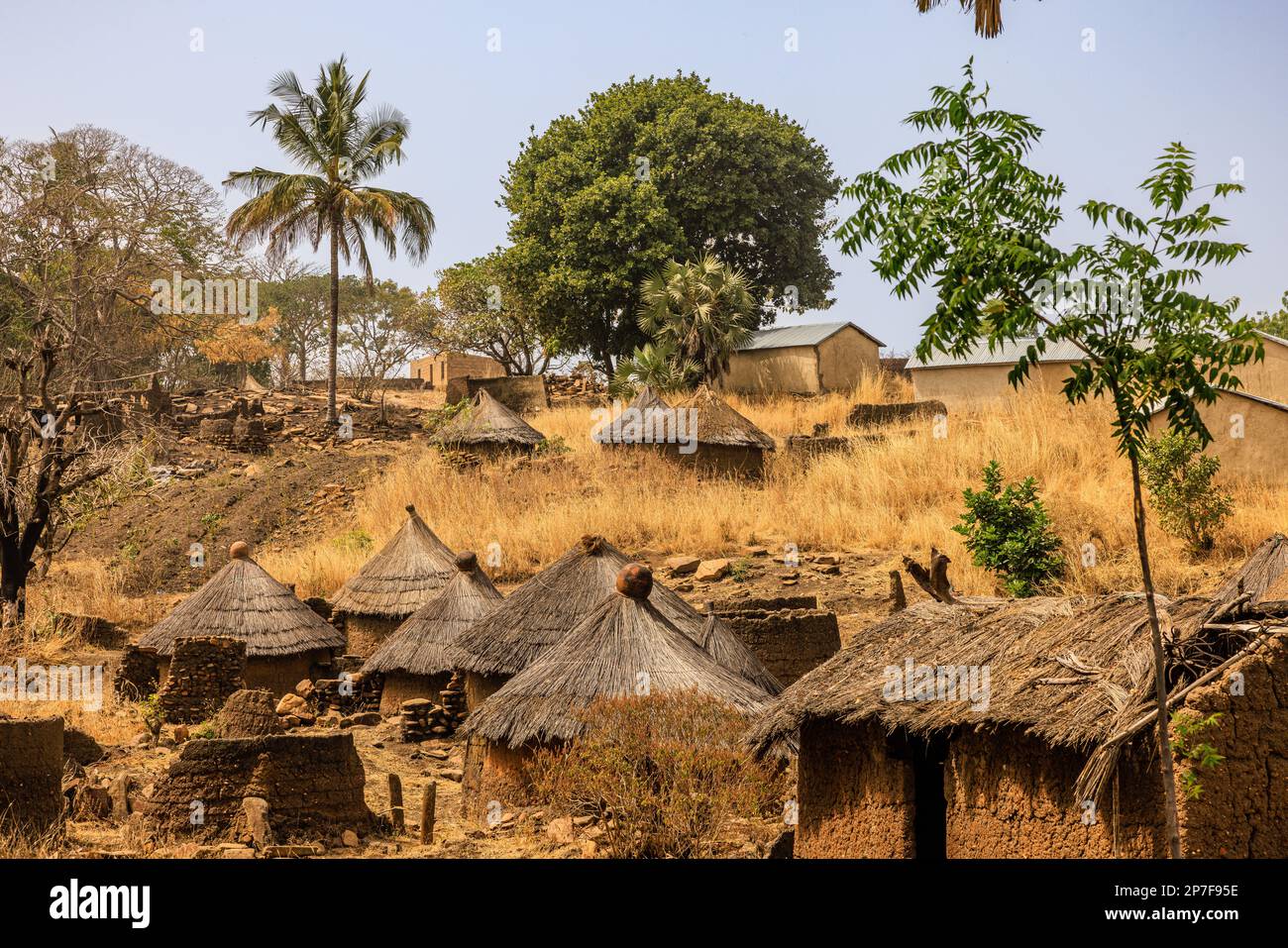 traditional african rural taneka village in benin with circular clay houses with conical thatched roofs topped with a cooking pot Stock Photohttps://www.alamy.com/image-license-details/?v=1https://www.alamy.com/traditional-african-rural-taneka-village-in-benin-with-circular-clay-houses-with-conical-thatched-roofs-topped-with-a-cooking-pot-image538160490.html
traditional african rural taneka village in benin with circular clay houses with conical thatched roofs topped with a cooking pot Stock Photohttps://www.alamy.com/image-license-details/?v=1https://www.alamy.com/traditional-african-rural-taneka-village-in-benin-with-circular-clay-houses-with-conical-thatched-roofs-topped-with-a-cooking-pot-image538160490.htmlRF2P7F95E–traditional african rural taneka village in benin with circular clay houses with conical thatched roofs topped with a cooking pot
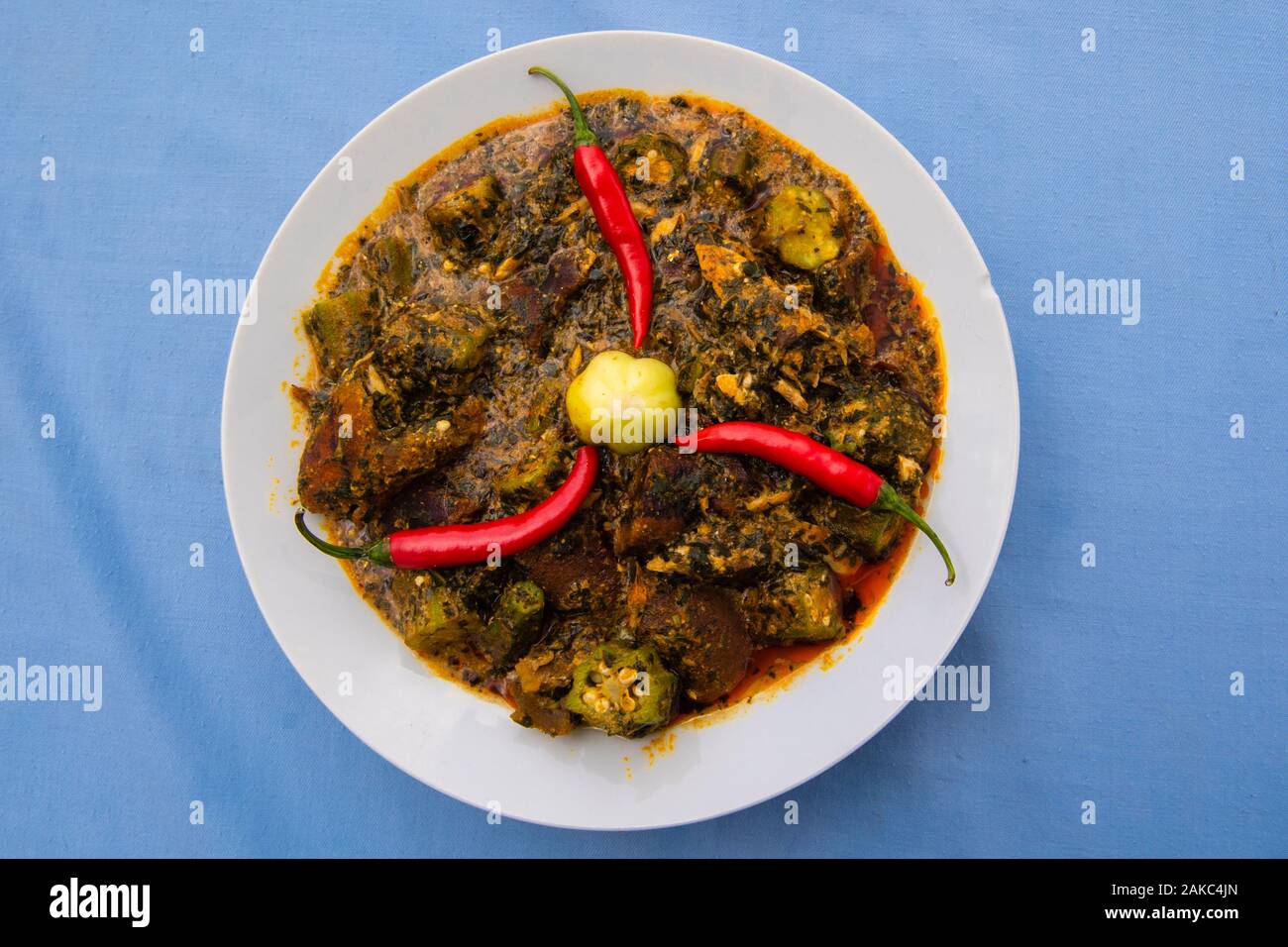 Benin, Atacora area, Nothern district, traditional dish from the north of the country consisting of smoked fish, beef fat, fresh okra, palm oil with a local basil sauce called Azéo Stock Photohttps://www.alamy.com/image-license-details/?v=1https://www.alamy.com/benin-atacora-area-nothern-district-traditional-dish-from-the-north-of-the-country-consisting-of-smoked-fish-beef-fat-fresh-okra-palm-oil-with-a-local-basil-sauce-called-azo-image338942541.html
Benin, Atacora area, Nothern district, traditional dish from the north of the country consisting of smoked fish, beef fat, fresh okra, palm oil with a local basil sauce called Azéo Stock Photohttps://www.alamy.com/image-license-details/?v=1https://www.alamy.com/benin-atacora-area-nothern-district-traditional-dish-from-the-north-of-the-country-consisting-of-smoked-fish-beef-fat-fresh-okra-palm-oil-with-a-local-basil-sauce-called-azo-image338942541.htmlRM2AKC4JN–Benin, Atacora area, Nothern district, traditional dish from the north of the country consisting of smoked fish, beef fat, fresh okra, palm oil with a local basil sauce called Azéo
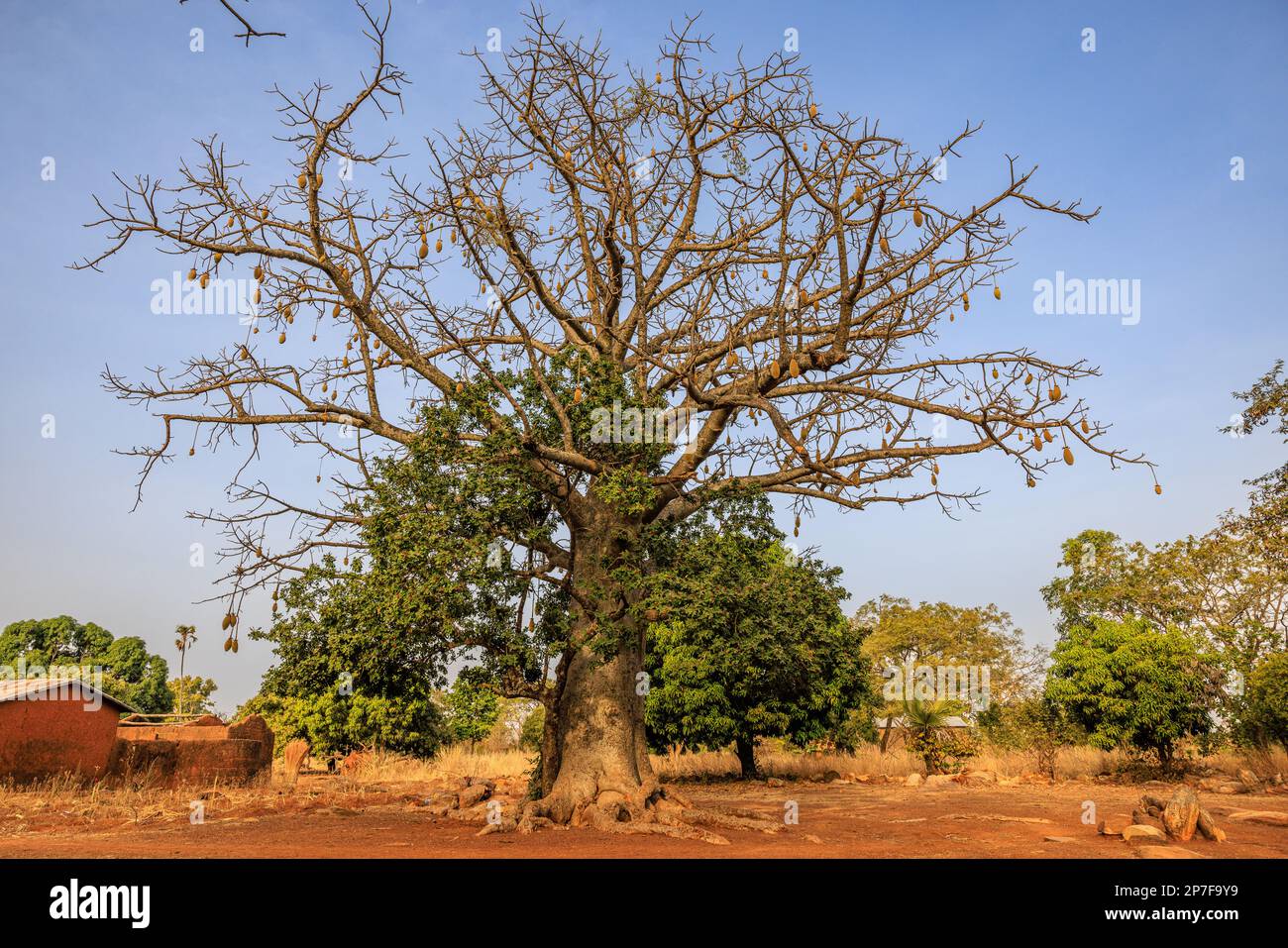 full photo of a large baobob tree with hanging fruit in a rural village in north west benin Stock Photohttps://www.alamy.com/image-license-details/?v=1https://www.alamy.com/full-photo-of-a-large-baobob-tree-with-hanging-fruit-in-a-rural-village-in-north-west-benin-image538161101.html
full photo of a large baobob tree with hanging fruit in a rural village in north west benin Stock Photohttps://www.alamy.com/image-license-details/?v=1https://www.alamy.com/full-photo-of-a-large-baobob-tree-with-hanging-fruit-in-a-rural-village-in-north-west-benin-image538161101.htmlRF2P7F9Y9–full photo of a large baobob tree with hanging fruit in a rural village in north west benin
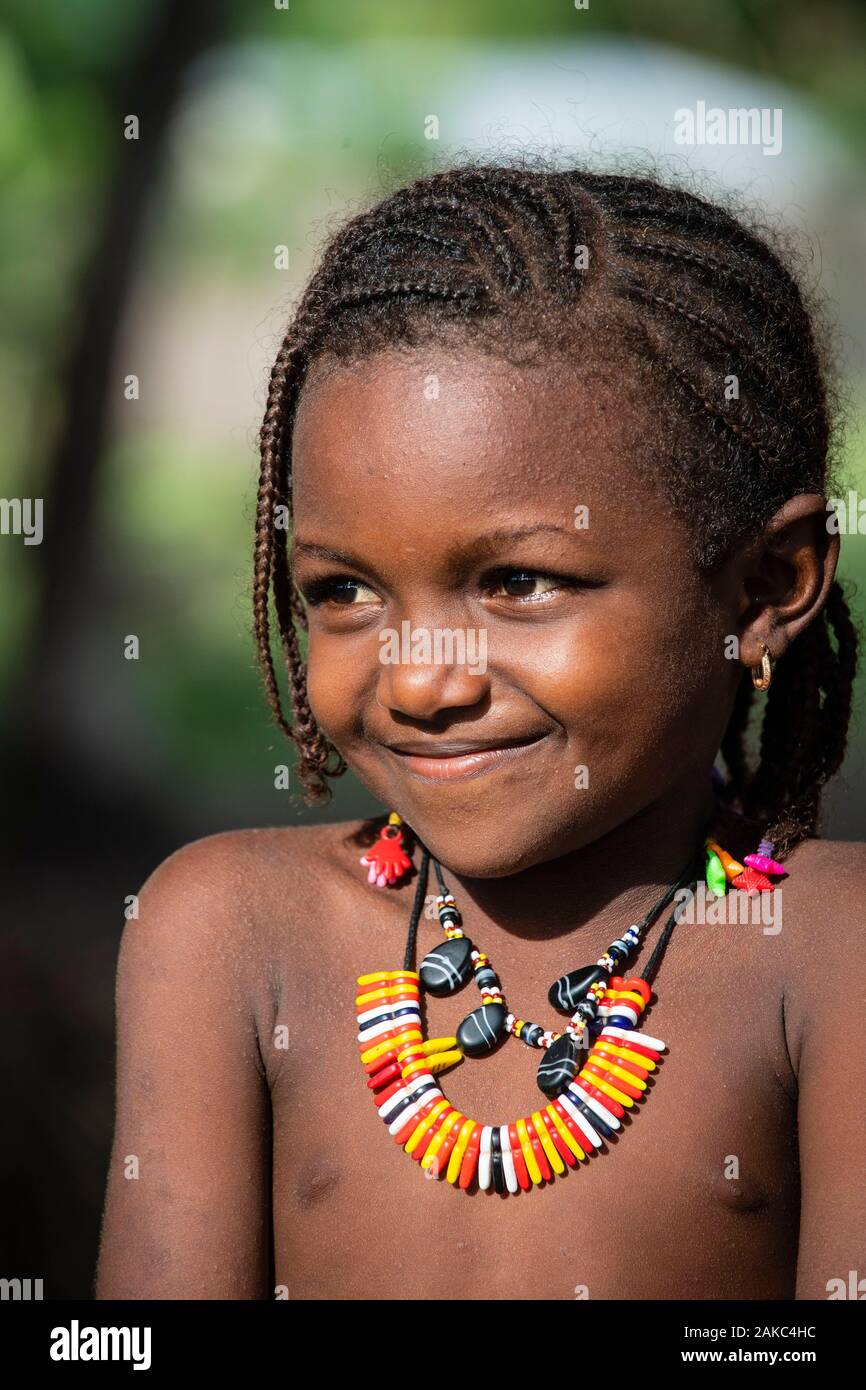 Benin, Natitingou, Fulani tribe girl Stock Photohttps://www.alamy.com/image-license-details/?v=1https://www.alamy.com/benin-natitingou-fulani-tribe-girl-image338942504.html
Benin, Natitingou, Fulani tribe girl Stock Photohttps://www.alamy.com/image-license-details/?v=1https://www.alamy.com/benin-natitingou-fulani-tribe-girl-image338942504.htmlRM2AKC4HC–Benin, Natitingou, Fulani tribe girl
 Benin, Natitingou province, peul tribal village of Moukokotamou, preparing the fulani cheese and the sauce Stock Photohttps://www.alamy.com/image-license-details/?v=1https://www.alamy.com/benin-natitingou-province-peul-tribal-village-of-moukokotamou-preparing-the-fulani-cheese-and-the-sauce-image459499791.html
Benin, Natitingou province, peul tribal village of Moukokotamou, preparing the fulani cheese and the sauce Stock Photohttps://www.alamy.com/image-license-details/?v=1https://www.alamy.com/benin-natitingou-province-peul-tribal-village-of-moukokotamou-preparing-the-fulani-cheese-and-the-sauce-image459499791.htmlRM2HKG0JR–Benin, Natitingou province, peul tribal village of Moukokotamou, preparing the fulani cheese and the sauce
 Benin, West Africa, Boukoumbé, traditional tata somba houses with thatched roofs and granaries Stock Photohttps://www.alamy.com/image-license-details/?v=1https://www.alamy.com/stock-photo-benin-west-africa-boukoumb-traditional-tata-somba-houses-with-thatched-87710906.html
Benin, West Africa, Boukoumbé, traditional tata somba houses with thatched roofs and granaries Stock Photohttps://www.alamy.com/image-license-details/?v=1https://www.alamy.com/stock-photo-benin-west-africa-boukoumb-traditional-tata-somba-houses-with-thatched-87710906.htmlRMF2KG4A–Benin, West Africa, Boukoumbé, traditional tata somba houses with thatched roofs and granaries
 Benin, Natitingou Province, Otamari Tribe, Tata Somba housing, fetishes above the entrance door Stock Photohttps://www.alamy.com/image-license-details/?v=1https://www.alamy.com/benin-natitingou-province-otamari-tribe-tata-somba-housing-fetishes-above-the-entrance-door-image459500133.html
Benin, Natitingou Province, Otamari Tribe, Tata Somba housing, fetishes above the entrance door Stock Photohttps://www.alamy.com/image-license-details/?v=1https://www.alamy.com/benin-natitingou-province-otamari-tribe-tata-somba-housing-fetishes-above-the-entrance-door-image459500133.htmlRM2HKG131–Benin, Natitingou Province, Otamari Tribe, Tata Somba housing, fetishes above the entrance door
 The Somba people, from northwestern Benin and northern Togo, are known for their body scarring rituals, starting at around two years old. These scars are a form of permanent identification mark, which identify a person as belonging to a particular tribe. Additional marks are added at puberty, marriage, post-child birth and other life events as a form of visible communication between people. Kossokouangou, north western Benin Stock Photohttps://www.alamy.com/image-license-details/?v=1https://www.alamy.com/the-somba-people-from-northwestern-benin-and-northern-togo-are-known-for-their-body-scarring-rituals-starting-at-around-two-years-old-these-scars-are-a-form-of-permanent-identification-mark-which-identify-a-person-as-belonging-to-a-particular-tribe-additional-marks-are-added-at-puberty-marriage-post-child-birth-and-other-life-events-as-a-form-of-visible-communication-between-people-kossokouangou-north-western-benin-image177737004.html
The Somba people, from northwestern Benin and northern Togo, are known for their body scarring rituals, starting at around two years old. These scars are a form of permanent identification mark, which identify a person as belonging to a particular tribe. Additional marks are added at puberty, marriage, post-child birth and other life events as a form of visible communication between people. Kossokouangou, north western Benin Stock Photohttps://www.alamy.com/image-license-details/?v=1https://www.alamy.com/the-somba-people-from-northwestern-benin-and-northern-togo-are-known-for-their-body-scarring-rituals-starting-at-around-two-years-old-these-scars-are-a-form-of-permanent-identification-mark-which-identify-a-person-as-belonging-to-a-particular-tribe-additional-marks-are-added-at-puberty-marriage-post-child-birth-and-other-life-events-as-a-form-of-visible-communication-between-people-kossokouangou-north-western-benin-image177737004.htmlRMM94HA4–The Somba people, from northwestern Benin and northern Togo, are known for their body scarring rituals, starting at around two years old. These scars are a form of permanent identification mark, which identify a person as belonging to a particular tribe. Additional marks are added at puberty, marriage, post-child birth and other life events as a form of visible communication between people. Kossokouangou, north western Benin
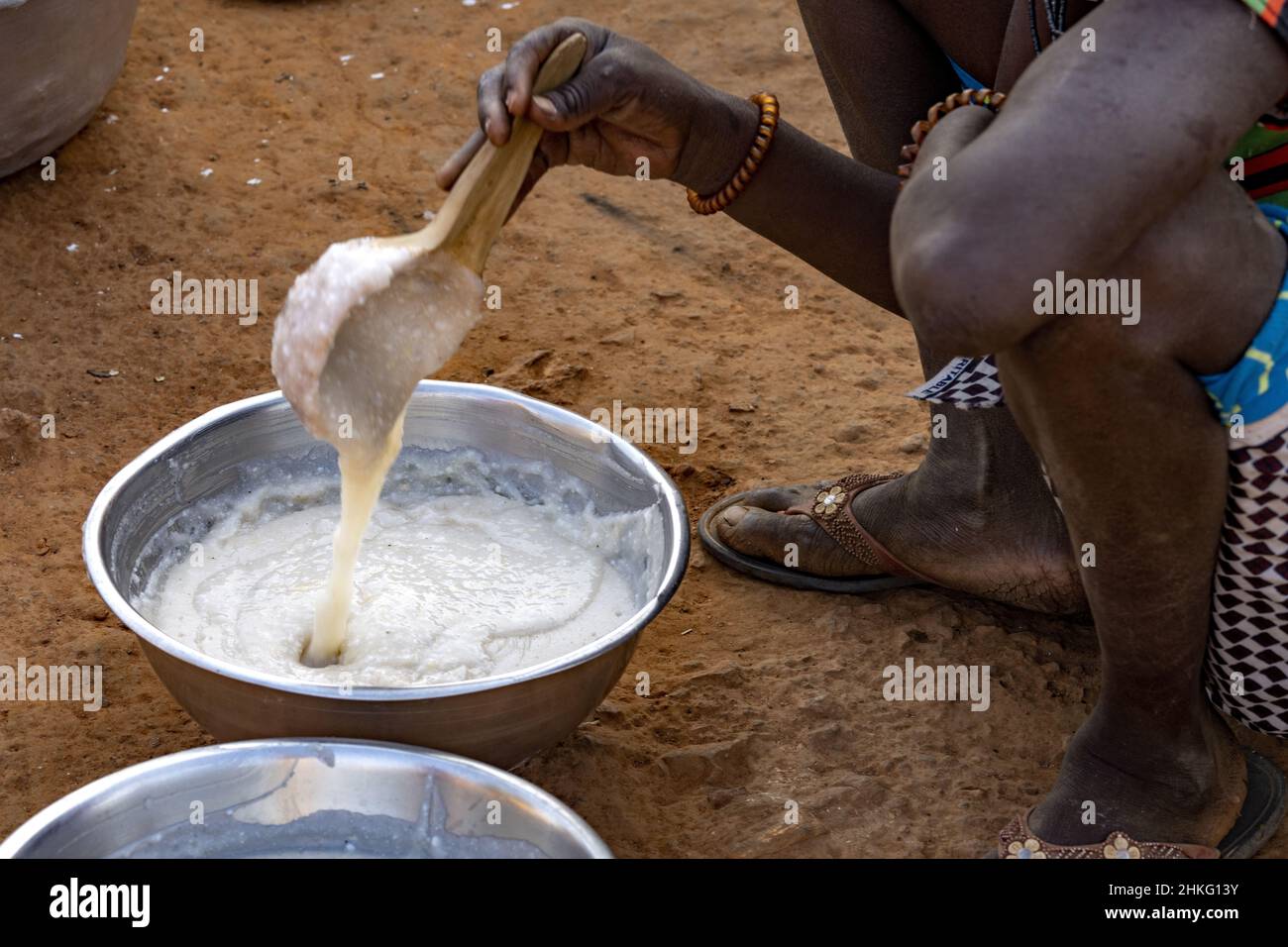 Benin, Natitingou province, peul tribal village of Moukokotamou, preparing the fulani cheese and the sauce Stock Photohttps://www.alamy.com/image-license-details/?v=1https://www.alamy.com/benin-natitingou-province-peul-tribal-village-of-moukokotamou-preparing-the-fulani-cheese-and-the-sauce-image459500159.html
Benin, Natitingou province, peul tribal village of Moukokotamou, preparing the fulani cheese and the sauce Stock Photohttps://www.alamy.com/image-license-details/?v=1https://www.alamy.com/benin-natitingou-province-peul-tribal-village-of-moukokotamou-preparing-the-fulani-cheese-and-the-sauce-image459500159.htmlRM2HKG13Y–Benin, Natitingou province, peul tribal village of Moukokotamou, preparing the fulani cheese and the sauce
 Benin, Natitingou province, peul tribal village of Moukokotamou Stock Photohttps://www.alamy.com/image-license-details/?v=1https://www.alamy.com/benin-natitingou-province-peul-tribal-village-of-moukokotamou-image459500047.html
Benin, Natitingou province, peul tribal village of Moukokotamou Stock Photohttps://www.alamy.com/image-license-details/?v=1https://www.alamy.com/benin-natitingou-province-peul-tribal-village-of-moukokotamou-image459500047.htmlRM2HKG0YY–Benin, Natitingou province, peul tribal village of Moukokotamou
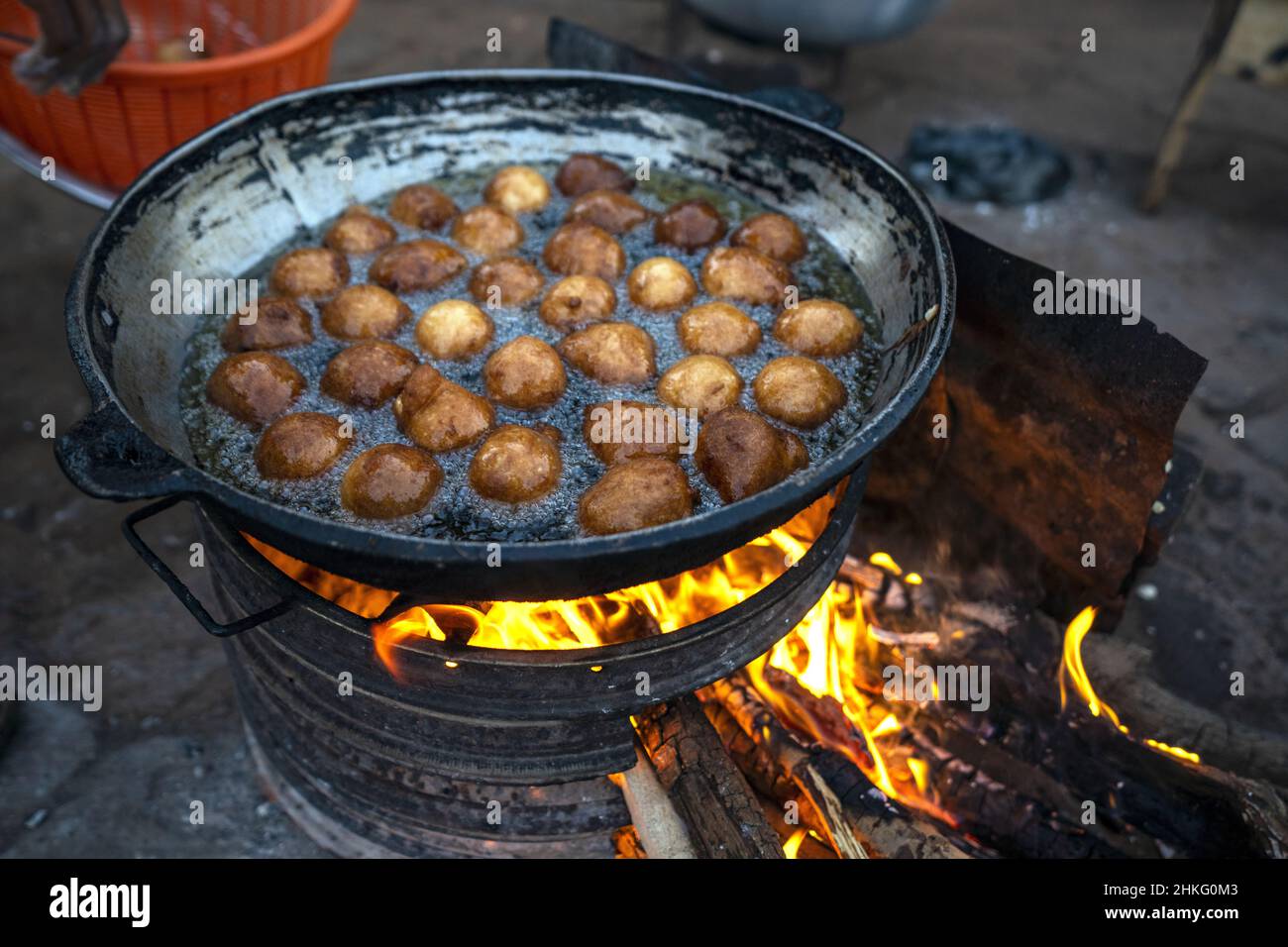 Benin, Natitingou, fritters for breakfast Stock Photohttps://www.alamy.com/image-license-details/?v=1https://www.alamy.com/benin-natitingou-fritters-for-breakfast-image459499827.html
Benin, Natitingou, fritters for breakfast Stock Photohttps://www.alamy.com/image-license-details/?v=1https://www.alamy.com/benin-natitingou-fritters-for-breakfast-image459499827.htmlRM2HKG0M3–Benin, Natitingou, fritters for breakfast
 Maize growing. Tangueta, Atacora, Benin. Stock Photohttps://www.alamy.com/image-license-details/?v=1https://www.alamy.com/maize-growing-tangueta-atacora-benin-image491812290.html
Maize growing. Tangueta, Atacora, Benin. Stock Photohttps://www.alamy.com/image-license-details/?v=1https://www.alamy.com/maize-growing-tangueta-atacora-benin-image491812290.htmlRM2KG3YGJ–Maize growing. Tangueta, Atacora, Benin.
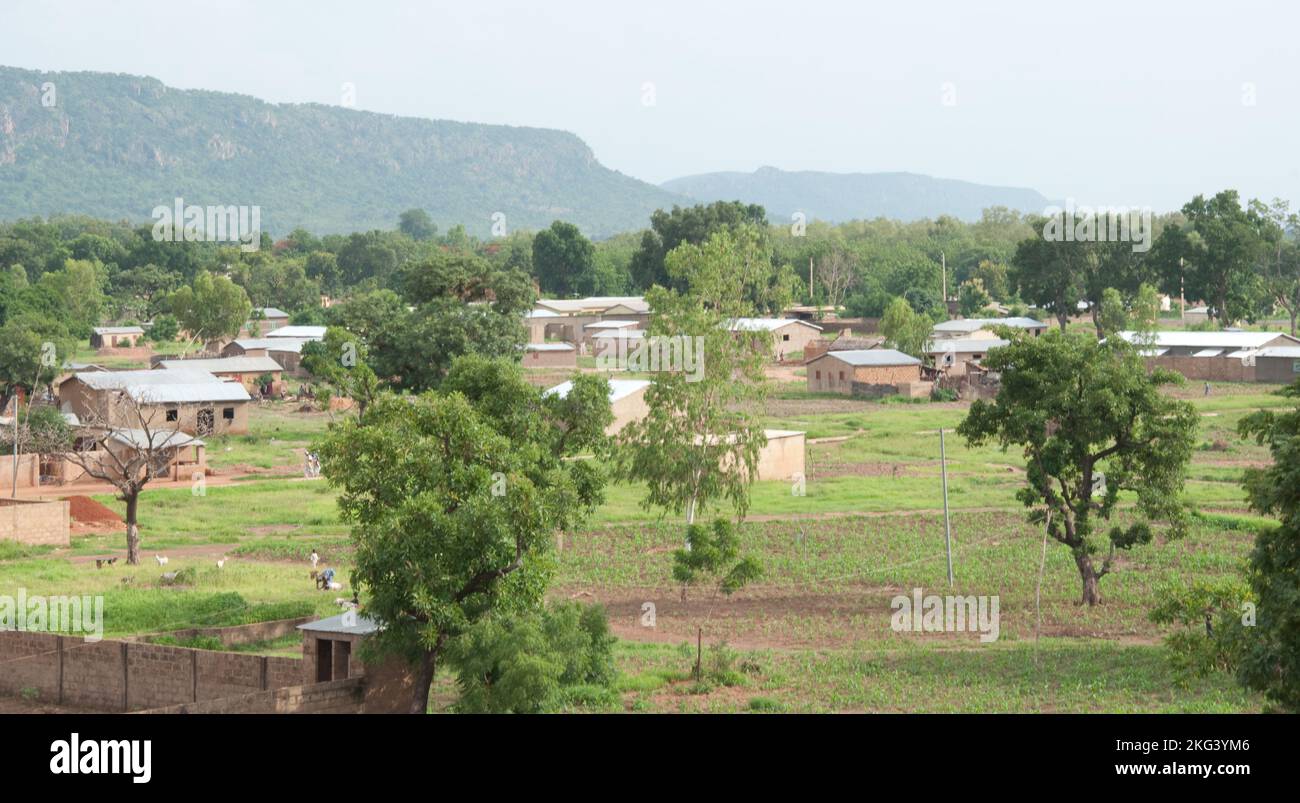 Houses on the outskirts of Tangueta, Atacora, Benin Stock Photohttps://www.alamy.com/image-license-details/?v=1https://www.alamy.com/houses-on-the-outskirts-of-tangueta-atacora-benin-image491812390.html
Houses on the outskirts of Tangueta, Atacora, Benin Stock Photohttps://www.alamy.com/image-license-details/?v=1https://www.alamy.com/houses-on-the-outskirts-of-tangueta-atacora-benin-image491812390.htmlRM2KG3YM6–Houses on the outskirts of Tangueta, Atacora, Benin
 Pharmacy stall, Tangueta market, Atacora, Benin Stock Photohttps://www.alamy.com/image-license-details/?v=1https://www.alamy.com/pharmacy-stall-tangueta-market-atacora-benin-image491812081.html
Pharmacy stall, Tangueta market, Atacora, Benin Stock Photohttps://www.alamy.com/image-license-details/?v=1https://www.alamy.com/pharmacy-stall-tangueta-market-atacora-benin-image491812081.htmlRM2KG3Y95–Pharmacy stall, Tangueta market, Atacora, Benin
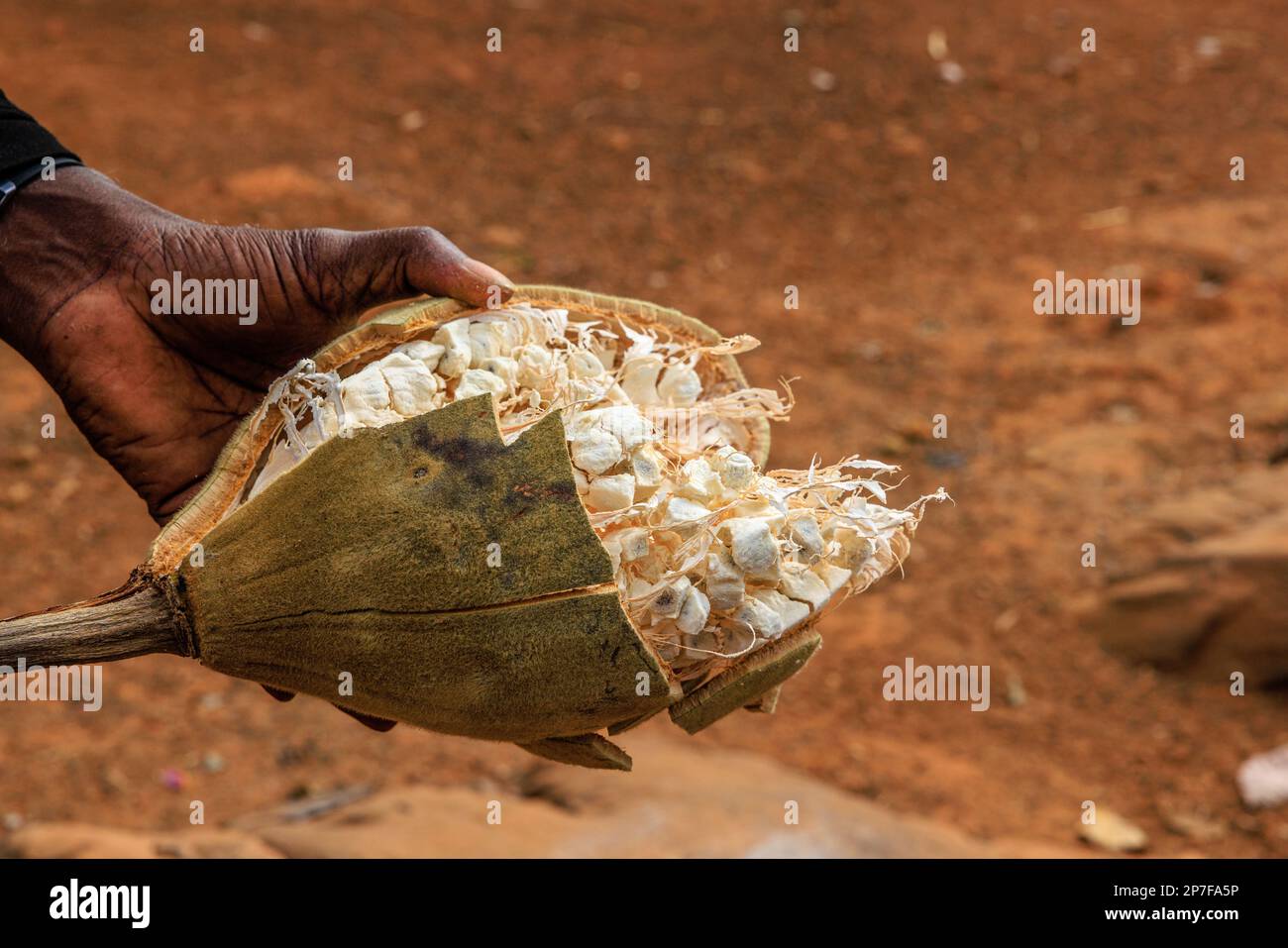 fruit of a baobob tree opened by hand to show fleshy whitish pulp containg seeds Stock Photohttps://www.alamy.com/image-license-details/?v=1https://www.alamy.com/fruit-of-a-baobob-tree-opened-by-hand-to-show-fleshy-whitish-pulp-containg-seeds-image538161282.html
fruit of a baobob tree opened by hand to show fleshy whitish pulp containg seeds Stock Photohttps://www.alamy.com/image-license-details/?v=1https://www.alamy.com/fruit-of-a-baobob-tree-opened-by-hand-to-show-fleshy-whitish-pulp-containg-seeds-image538161282.htmlRF2P7FA5P–fruit of a baobob tree opened by hand to show fleshy whitish pulp containg seeds
 Benin, West Africa, Boukoumbé, traditional tata somba houses with thatched roofs and granaries Stock Photohttps://www.alamy.com/image-license-details/?v=1https://www.alamy.com/stock-photo-benin-west-africa-boukoumb-traditional-tata-somba-houses-with-thatched-87691493.html
Benin, West Africa, Boukoumbé, traditional tata somba houses with thatched roofs and granaries Stock Photohttps://www.alamy.com/image-license-details/?v=1https://www.alamy.com/stock-photo-benin-west-africa-boukoumb-traditional-tata-somba-houses-with-thatched-87691493.htmlRMF2JKB1–Benin, West Africa, Boukoumbé, traditional tata somba houses with thatched roofs and granaries
 Togo, West Africa, Nadoba, traditional tata somba houses with thatched roofs and granaries Stock Photohttps://www.alamy.com/image-license-details/?v=1https://www.alamy.com/stock-photo-togo-west-africa-nadoba-traditional-tata-somba-houses-with-thatched-87718365.html
Togo, West Africa, Nadoba, traditional tata somba houses with thatched roofs and granaries Stock Photohttps://www.alamy.com/image-license-details/?v=1https://www.alamy.com/stock-photo-togo-west-africa-nadoba-traditional-tata-somba-houses-with-thatched-87718365.htmlRMF2KWJN–Togo, West Africa, Nadoba, traditional tata somba houses with thatched roofs and granaries
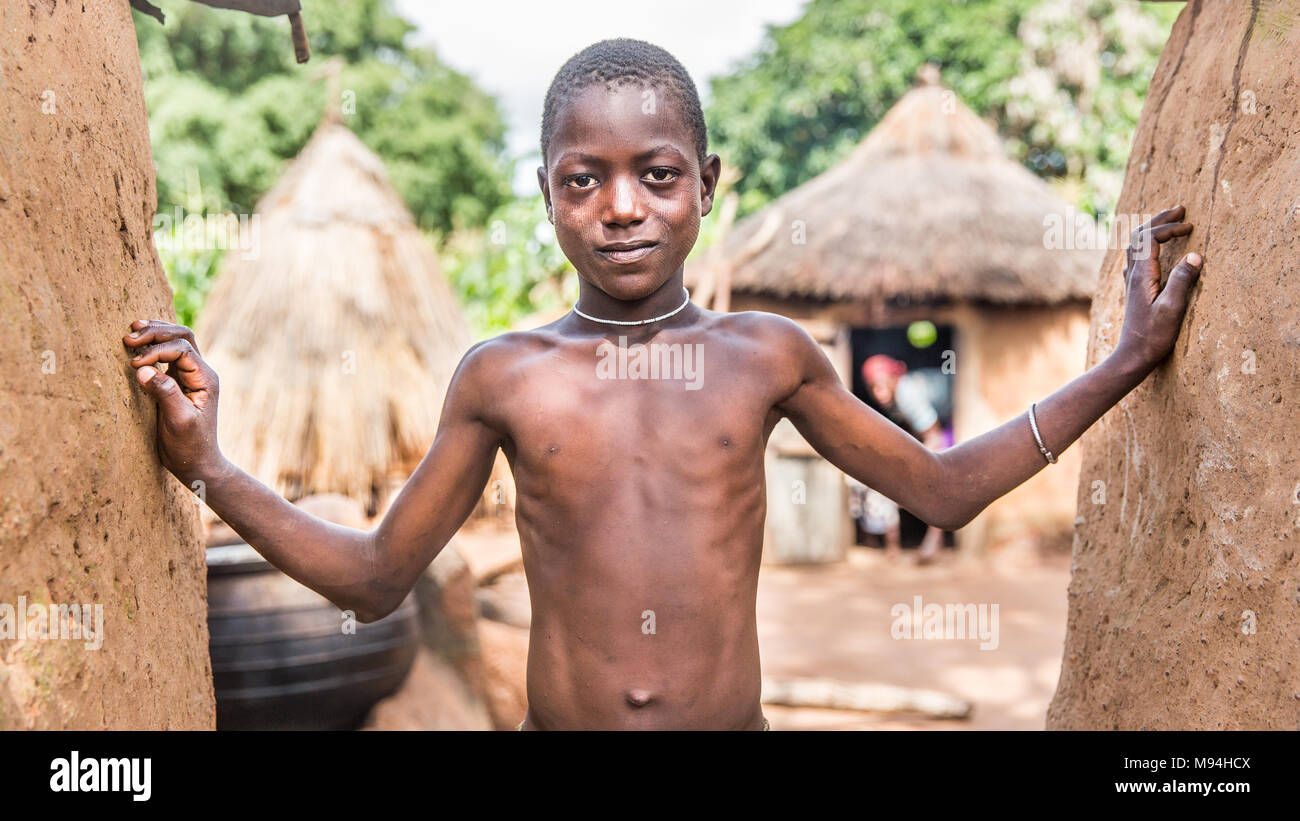 The Somba people, from northwestern Benin and northern Togo, are known for their body scarring rituals, starting at around two years old. These scars are a form of permanent identification mark, which identify a person as belonging to a particular tribe. Additional marks are added at puberty, marriage, post-child birth and other life events as a form of visible communication between people. Kossokouangou, north western Benin Stock Photohttps://www.alamy.com/image-license-details/?v=1https://www.alamy.com/the-somba-people-from-northwestern-benin-and-northern-togo-are-known-for-their-body-scarring-rituals-starting-at-around-two-years-old-these-scars-are-a-form-of-permanent-identification-mark-which-identify-a-person-as-belonging-to-a-particular-tribe-additional-marks-are-added-at-puberty-marriage-post-child-birth-and-other-life-events-as-a-form-of-visible-communication-between-people-kossokouangou-north-western-benin-image177737082.html
The Somba people, from northwestern Benin and northern Togo, are known for their body scarring rituals, starting at around two years old. These scars are a form of permanent identification mark, which identify a person as belonging to a particular tribe. Additional marks are added at puberty, marriage, post-child birth and other life events as a form of visible communication between people. Kossokouangou, north western Benin Stock Photohttps://www.alamy.com/image-license-details/?v=1https://www.alamy.com/the-somba-people-from-northwestern-benin-and-northern-togo-are-known-for-their-body-scarring-rituals-starting-at-around-two-years-old-these-scars-are-a-form-of-permanent-identification-mark-which-identify-a-person-as-belonging-to-a-particular-tribe-additional-marks-are-added-at-puberty-marriage-post-child-birth-and-other-life-events-as-a-form-of-visible-communication-between-people-kossokouangou-north-western-benin-image177737082.htmlRMM94HCX–The Somba people, from northwestern Benin and northern Togo, are known for their body scarring rituals, starting at around two years old. These scars are a form of permanent identification mark, which identify a person as belonging to a particular tribe. Additional marks are added at puberty, marriage, post-child birth and other life events as a form of visible communication between people. Kossokouangou, north western Benin
 Benin, Natitingou, fritters for breakfast Stock Photohttps://www.alamy.com/image-license-details/?v=1https://www.alamy.com/benin-natitingou-fritters-for-breakfast-image459499904.html
Benin, Natitingou, fritters for breakfast Stock Photohttps://www.alamy.com/image-license-details/?v=1https://www.alamy.com/benin-natitingou-fritters-for-breakfast-image459499904.htmlRM2HKG0PT–Benin, Natitingou, fritters for breakfast
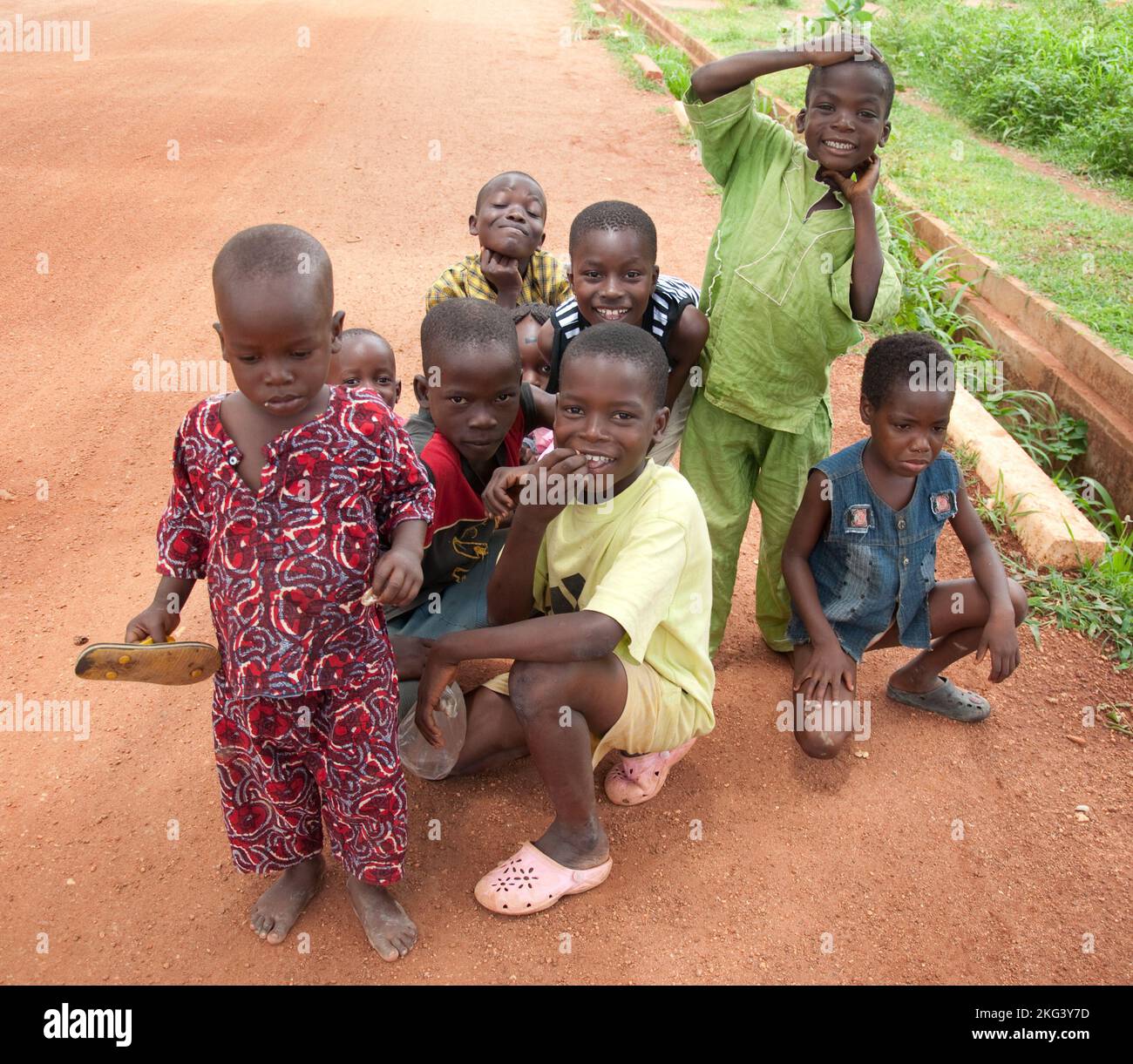 Group of children playing, Tangueta, Atacora, Benin Stock Photohttps://www.alamy.com/image-license-details/?v=1https://www.alamy.com/group-of-children-playing-tangueta-atacora-benin-image491812033.html
Group of children playing, Tangueta, Atacora, Benin Stock Photohttps://www.alamy.com/image-license-details/?v=1https://www.alamy.com/group-of-children-playing-tangueta-atacora-benin-image491812033.htmlRM2KG3Y7D–Group of children playing, Tangueta, Atacora, Benin
 open-air restaurant, Natitingou, Atacora, Benin Stock Photohttps://www.alamy.com/image-license-details/?v=1https://www.alamy.com/open-air-restaurant-natitingou-atacora-benin-image491824675.html
open-air restaurant, Natitingou, Atacora, Benin Stock Photohttps://www.alamy.com/image-license-details/?v=1https://www.alamy.com/open-air-restaurant-natitingou-atacora-benin-image491824675.htmlRM2KG4FAY–open-air restaurant, Natitingou, Atacora, Benin
 Huge Baobab tree , Atacora, Benin, Africa Stock Photohttps://www.alamy.com/image-license-details/?v=1https://www.alamy.com/huge-baobab-tree-atacora-benin-africa-image491811182.html
Huge Baobab tree , Atacora, Benin, Africa Stock Photohttps://www.alamy.com/image-license-details/?v=1https://www.alamy.com/huge-baobab-tree-atacora-benin-africa-image491811182.htmlRM2KG3X52–Huge Baobab tree , Atacora, Benin, Africa
 Rural primary school building, Atacora, Benin Stock Photohttps://www.alamy.com/image-license-details/?v=1https://www.alamy.com/rural-primary-school-building-atacora-benin-image491812494.html
Rural primary school building, Atacora, Benin Stock Photohttps://www.alamy.com/image-license-details/?v=1https://www.alamy.com/rural-primary-school-building-atacora-benin-image491812494.htmlRM2KG3YRX–Rural primary school building, Atacora, Benin
 Togo, West Africa, Nadoba, traditional tata somba house with thatched roofs and granaries Stock Photohttps://www.alamy.com/image-license-details/?v=1https://www.alamy.com/stock-photo-togo-west-africa-nadoba-traditional-tata-somba-house-with-thatched-87720368.html
Togo, West Africa, Nadoba, traditional tata somba house with thatched roofs and granaries Stock Photohttps://www.alamy.com/image-license-details/?v=1https://www.alamy.com/stock-photo-togo-west-africa-nadoba-traditional-tata-somba-house-with-thatched-87720368.htmlRMF2M068–Togo, West Africa, Nadoba, traditional tata somba house with thatched roofs and granaries
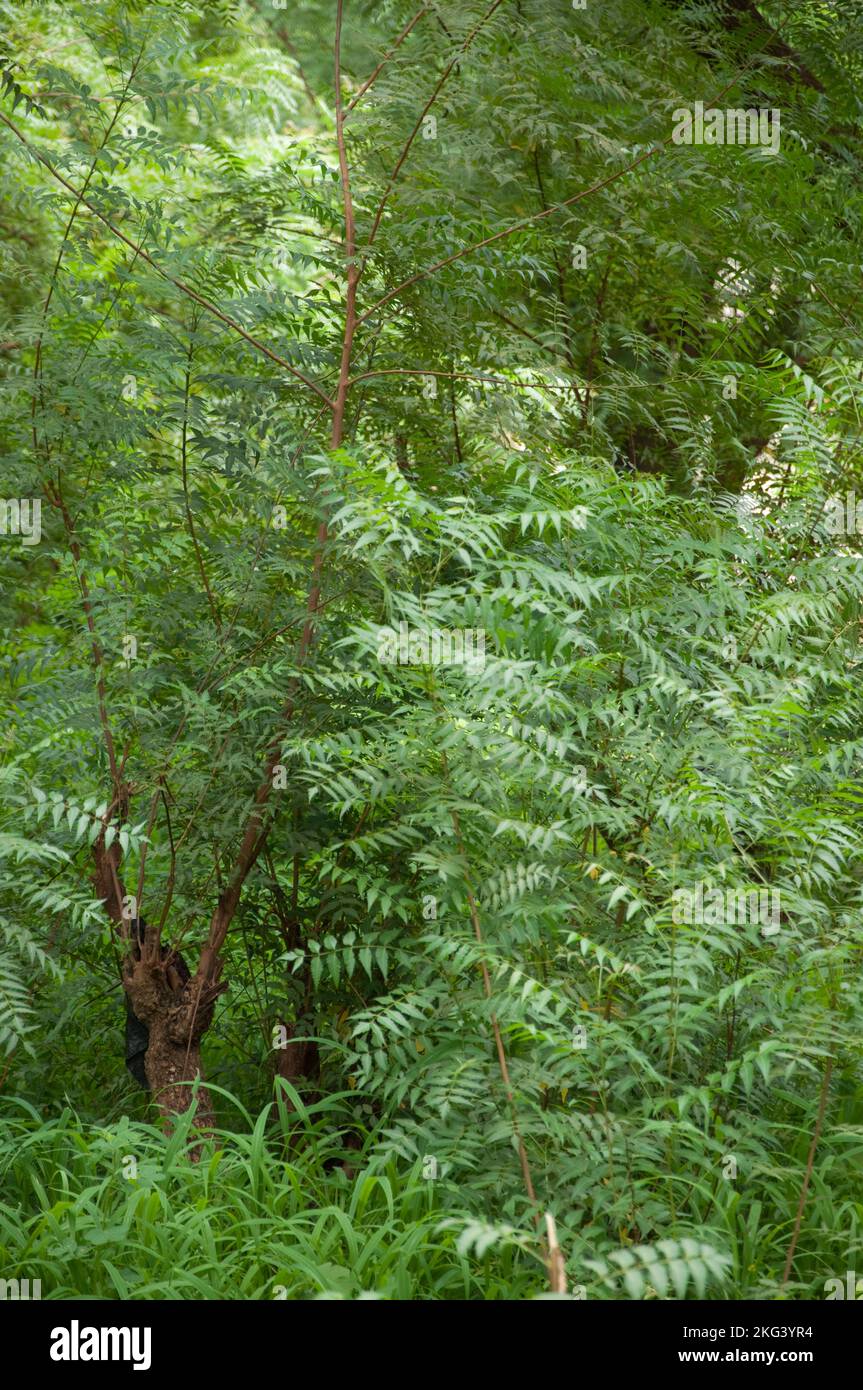 Vegetation in Small Wood, Tangueta, Atacora, Benin Stock Photohttps://www.alamy.com/image-license-details/?v=1https://www.alamy.com/vegetation-in-small-wood-tangueta-atacora-benin-image491812472.html
Vegetation in Small Wood, Tangueta, Atacora, Benin Stock Photohttps://www.alamy.com/image-license-details/?v=1https://www.alamy.com/vegetation-in-small-wood-tangueta-atacora-benin-image491812472.htmlRM2KG3YR4–Vegetation in Small Wood, Tangueta, Atacora, Benin
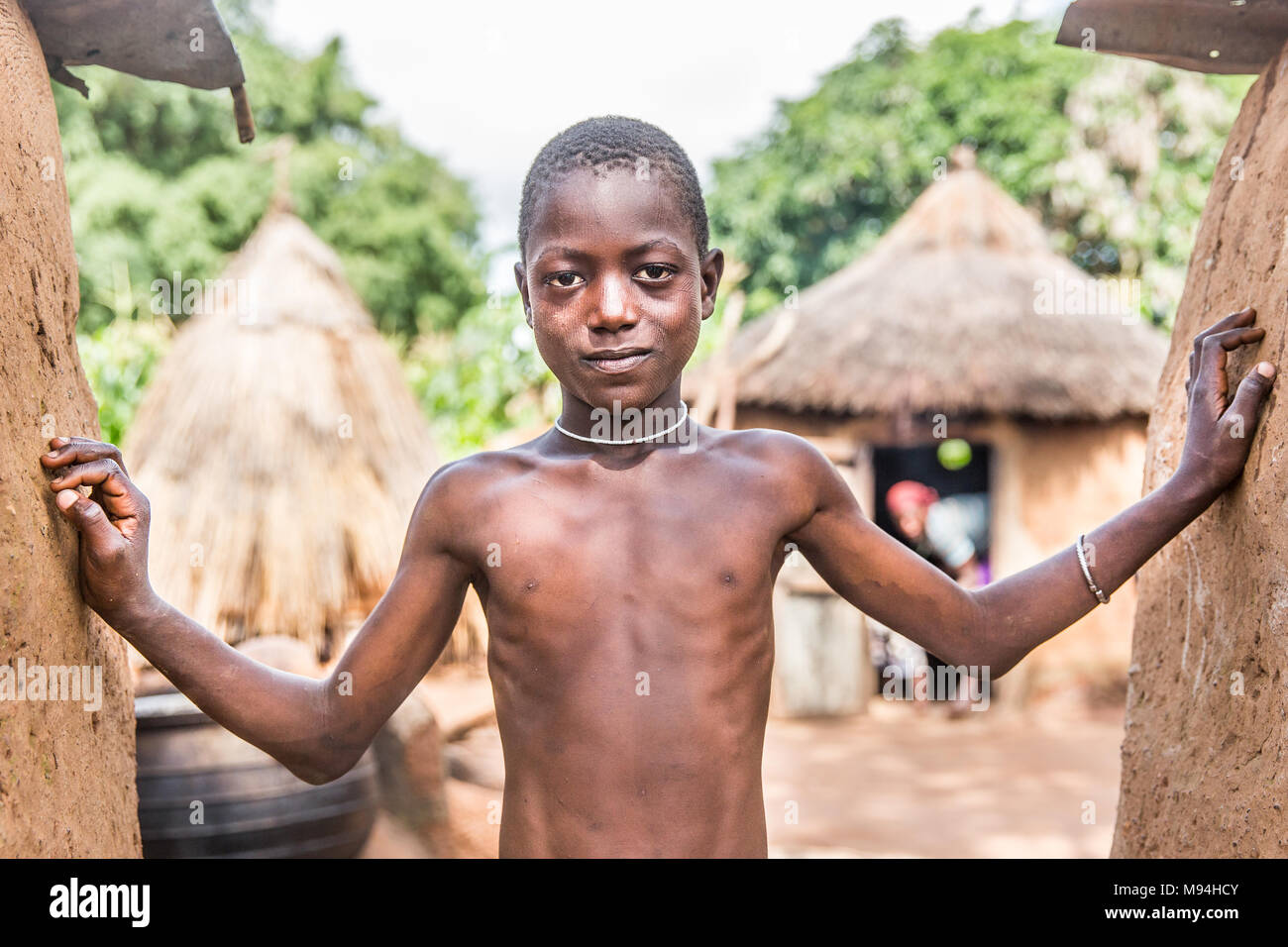 The Somba people, from northwestern Benin and northern Togo, are known for their body scarring rituals, starting at around two years old. These scars are a form of permanent identification mark, which identify a person as belonging to a particular tribe. Additional marks are added at puberty, marriage, post-child birth and other life events as a form of visible communication between people. Kossokouangou, north western Benin Stock Photohttps://www.alamy.com/image-license-details/?v=1https://www.alamy.com/the-somba-people-from-northwestern-benin-and-northern-togo-are-known-for-their-body-scarring-rituals-starting-at-around-two-years-old-these-scars-are-a-form-of-permanent-identification-mark-which-identify-a-person-as-belonging-to-a-particular-tribe-additional-marks-are-added-at-puberty-marriage-post-child-birth-and-other-life-events-as-a-form-of-visible-communication-between-people-kossokouangou-north-western-benin-image177737083.html
The Somba people, from northwestern Benin and northern Togo, are known for their body scarring rituals, starting at around two years old. These scars are a form of permanent identification mark, which identify a person as belonging to a particular tribe. Additional marks are added at puberty, marriage, post-child birth and other life events as a form of visible communication between people. Kossokouangou, north western Benin Stock Photohttps://www.alamy.com/image-license-details/?v=1https://www.alamy.com/the-somba-people-from-northwestern-benin-and-northern-togo-are-known-for-their-body-scarring-rituals-starting-at-around-two-years-old-these-scars-are-a-form-of-permanent-identification-mark-which-identify-a-person-as-belonging-to-a-particular-tribe-additional-marks-are-added-at-puberty-marriage-post-child-birth-and-other-life-events-as-a-form-of-visible-communication-between-people-kossokouangou-north-western-benin-image177737083.htmlRMM94HCY–The Somba people, from northwestern Benin and northern Togo, are known for their body scarring rituals, starting at around two years old. These scars are a form of permanent identification mark, which identify a person as belonging to a particular tribe. Additional marks are added at puberty, marriage, post-child birth and other life events as a form of visible communication between people. Kossokouangou, north western Benin
 Benin, Natitingou, Yokossi primary school Stock Photohttps://www.alamy.com/image-license-details/?v=1https://www.alamy.com/benin-natitingou-yokossi-primary-school-image459499907.html
Benin, Natitingou, Yokossi primary school Stock Photohttps://www.alamy.com/image-license-details/?v=1https://www.alamy.com/benin-natitingou-yokossi-primary-school-image459499907.htmlRM2HKG0PY–Benin, Natitingou, Yokossi primary school
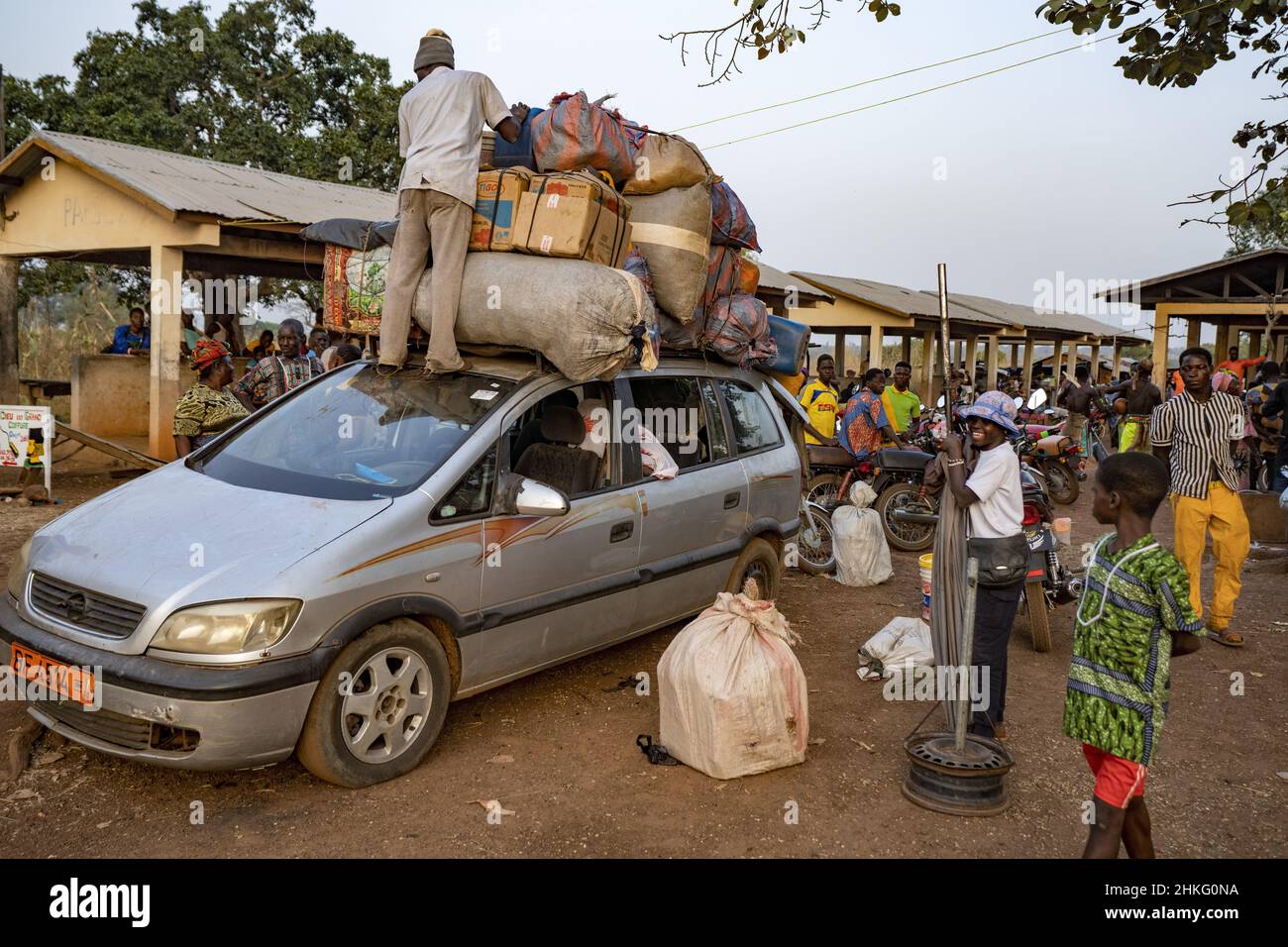 Benin, Natitingou Province, village of Kwaba, market day Stock Photohttps://www.alamy.com/image-license-details/?v=1https://www.alamy.com/benin-natitingou-province-village-of-kwaba-market-day-image459499862.html
Benin, Natitingou Province, village of Kwaba, market day Stock Photohttps://www.alamy.com/image-license-details/?v=1https://www.alamy.com/benin-natitingou-province-village-of-kwaba-market-day-image459499862.htmlRM2HKG0NA–Benin, Natitingou Province, village of Kwaba, market day
 Togo, West Africa, Nadoba, traditional tata somba house with thatched roofs and granaries Stock Photohttps://www.alamy.com/image-license-details/?v=1https://www.alamy.com/stock-photo-togo-west-africa-nadoba-traditional-tata-somba-house-with-thatched-87719948.html
Togo, West Africa, Nadoba, traditional tata somba house with thatched roofs and granaries Stock Photohttps://www.alamy.com/image-license-details/?v=1https://www.alamy.com/stock-photo-togo-west-africa-nadoba-traditional-tata-somba-house-with-thatched-87719948.htmlRMF2KYK8–Togo, West Africa, Nadoba, traditional tata somba house with thatched roofs and granaries
 Tree-lined road leading into Tangueta, Atacora, Benin Stock Photohttps://www.alamy.com/image-license-details/?v=1https://www.alamy.com/tree-lined-road-leading-into-tangueta-atacora-benin-image491812012.html
Tree-lined road leading into Tangueta, Atacora, Benin Stock Photohttps://www.alamy.com/image-license-details/?v=1https://www.alamy.com/tree-lined-road-leading-into-tangueta-atacora-benin-image491812012.htmlRM2KG3Y6M–Tree-lined road leading into Tangueta, Atacora, Benin
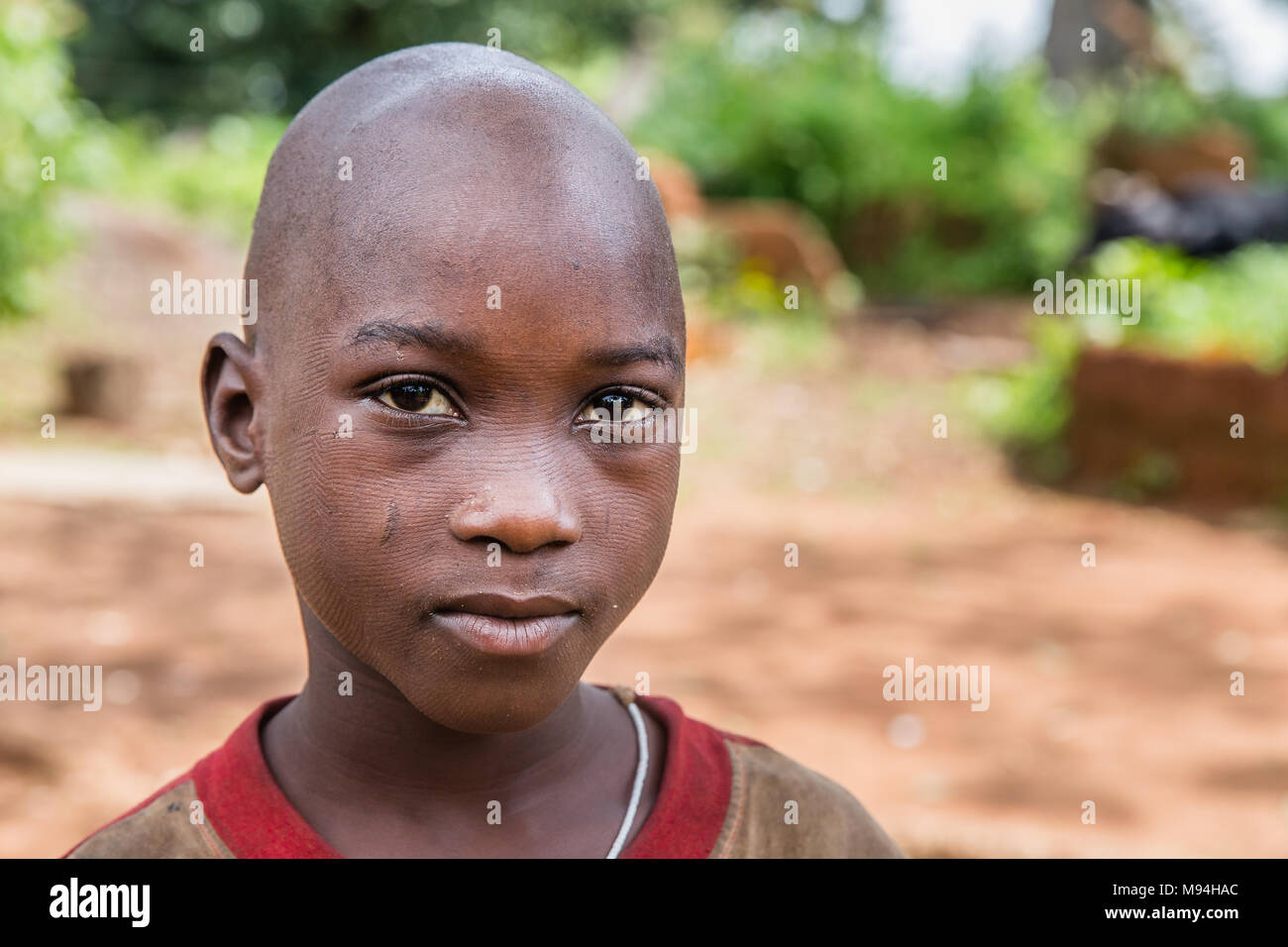 The Somba people, from northwestern Benin and northern Togo, are known for their body scarring rituals, starting at around two years old. These scars are a form of permanent identification mark, which identify a person as belonging to a particular tribe. Additional marks are added at puberty, marriage, post-child birth and other life events as a form of visible communication between people. Kossokouangou, north western Benin Stock Photohttps://www.alamy.com/image-license-details/?v=1https://www.alamy.com/the-somba-people-from-northwestern-benin-and-northern-togo-are-known-for-their-body-scarring-rituals-starting-at-around-two-years-old-these-scars-are-a-form-of-permanent-identification-mark-which-identify-a-person-as-belonging-to-a-particular-tribe-additional-marks-are-added-at-puberty-marriage-post-child-birth-and-other-life-events-as-a-form-of-visible-communication-between-people-kossokouangou-north-western-benin-image177737012.html
The Somba people, from northwestern Benin and northern Togo, are known for their body scarring rituals, starting at around two years old. These scars are a form of permanent identification mark, which identify a person as belonging to a particular tribe. Additional marks are added at puberty, marriage, post-child birth and other life events as a form of visible communication between people. Kossokouangou, north western Benin Stock Photohttps://www.alamy.com/image-license-details/?v=1https://www.alamy.com/the-somba-people-from-northwestern-benin-and-northern-togo-are-known-for-their-body-scarring-rituals-starting-at-around-two-years-old-these-scars-are-a-form-of-permanent-identification-mark-which-identify-a-person-as-belonging-to-a-particular-tribe-additional-marks-are-added-at-puberty-marriage-post-child-birth-and-other-life-events-as-a-form-of-visible-communication-between-people-kossokouangou-north-western-benin-image177737012.htmlRMM94HAC–The Somba people, from northwestern Benin and northern Togo, are known for their body scarring rituals, starting at around two years old. These scars are a form of permanent identification mark, which identify a person as belonging to a particular tribe. Additional marks are added at puberty, marriage, post-child birth and other life events as a form of visible communication between people. Kossokouangou, north western Benin
 Buyers and sellers at the Yara Market, Natitingou, Atacora, Benin Stock Photohttps://www.alamy.com/image-license-details/?v=1https://www.alamy.com/buyers-and-sellers-at-the-yara-market-natitingou-atacora-benin-image491825269.html
Buyers and sellers at the Yara Market, Natitingou, Atacora, Benin Stock Photohttps://www.alamy.com/image-license-details/?v=1https://www.alamy.com/buyers-and-sellers-at-the-yara-market-natitingou-atacora-benin-image491825269.htmlRM2KG4G45–Buyers and sellers at the Yara Market, Natitingou, Atacora, Benin
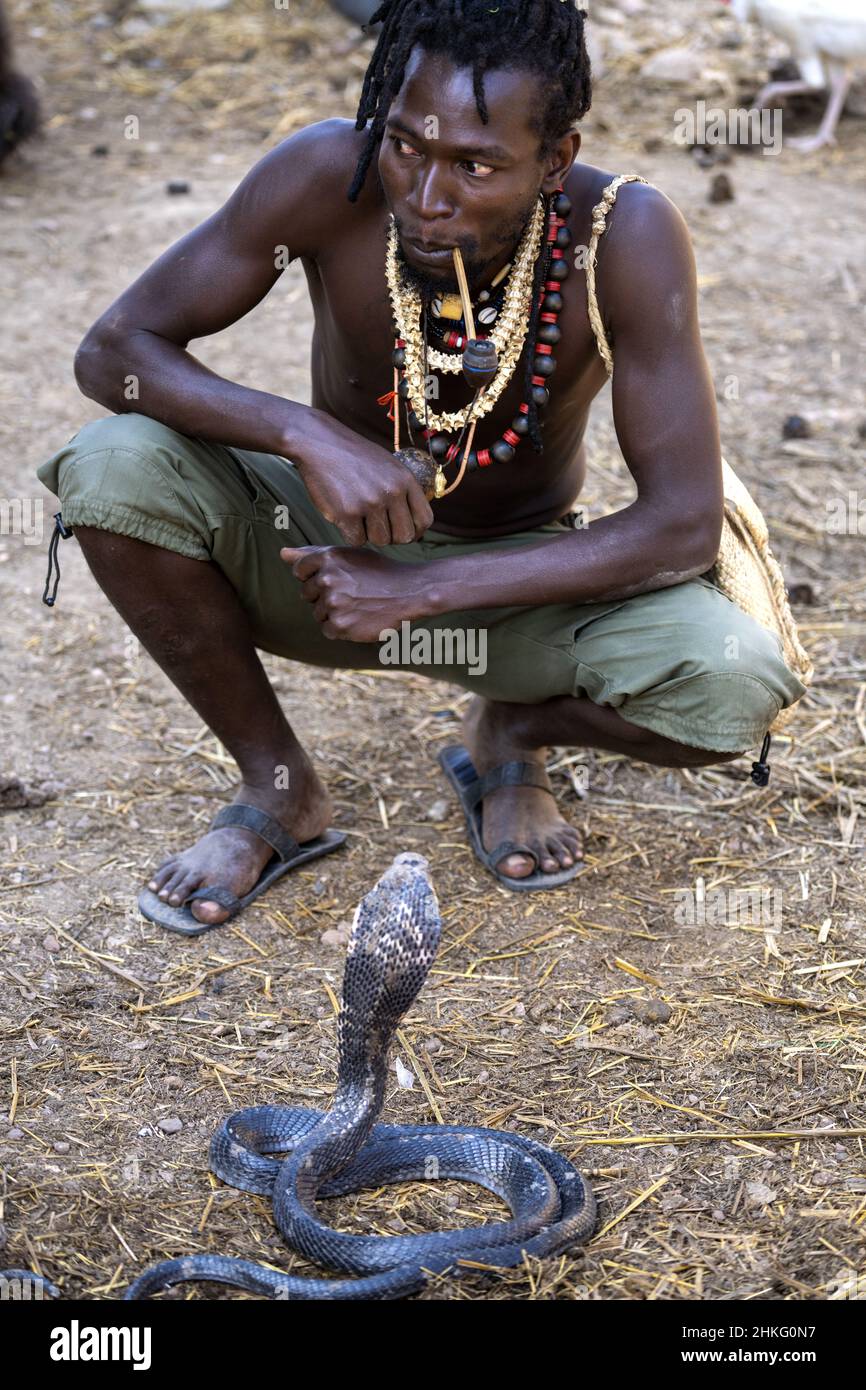 Benin, Natitingou, De Gaule saves animals that have been hurt or abandoned, cobra Stock Photohttps://www.alamy.com/image-license-details/?v=1https://www.alamy.com/benin-natitingou-de-gaule-saves-animals-that-have-been-hurt-or-abandoned-cobra-image459499859.html
Benin, Natitingou, De Gaule saves animals that have been hurt or abandoned, cobra Stock Photohttps://www.alamy.com/image-license-details/?v=1https://www.alamy.com/benin-natitingou-de-gaule-saves-animals-that-have-been-hurt-or-abandoned-cobra-image459499859.htmlRM2HKG0N7–Benin, Natitingou, De Gaule saves animals that have been hurt or abandoned, cobra
 Benin, Natitingou, De Gaule saves animals that have been hurt or abandoned, donkey Stock Photohttps://www.alamy.com/image-license-details/?v=1https://www.alamy.com/benin-natitingou-de-gaule-saves-animals-that-have-been-hurt-or-abandoned-donkey-image459500063.html
Benin, Natitingou, De Gaule saves animals that have been hurt or abandoned, donkey Stock Photohttps://www.alamy.com/image-license-details/?v=1https://www.alamy.com/benin-natitingou-de-gaule-saves-animals-that-have-been-hurt-or-abandoned-donkey-image459500063.htmlRM2HKG10F–Benin, Natitingou, De Gaule saves animals that have been hurt or abandoned, donkey
 Togo, West Africa, Nadoba, traditional tata somba houses with thatched roofs and granaries Stock Photohttps://www.alamy.com/image-license-details/?v=1https://www.alamy.com/stock-photo-togo-west-africa-nadoba-traditional-tata-somba-houses-with-thatched-87719389.html
Togo, West Africa, Nadoba, traditional tata somba houses with thatched roofs and granaries Stock Photohttps://www.alamy.com/image-license-details/?v=1https://www.alamy.com/stock-photo-togo-west-africa-nadoba-traditional-tata-somba-houses-with-thatched-87719389.htmlRMF2KXY9–Togo, West Africa, Nadoba, traditional tata somba houses with thatched roofs and granaries
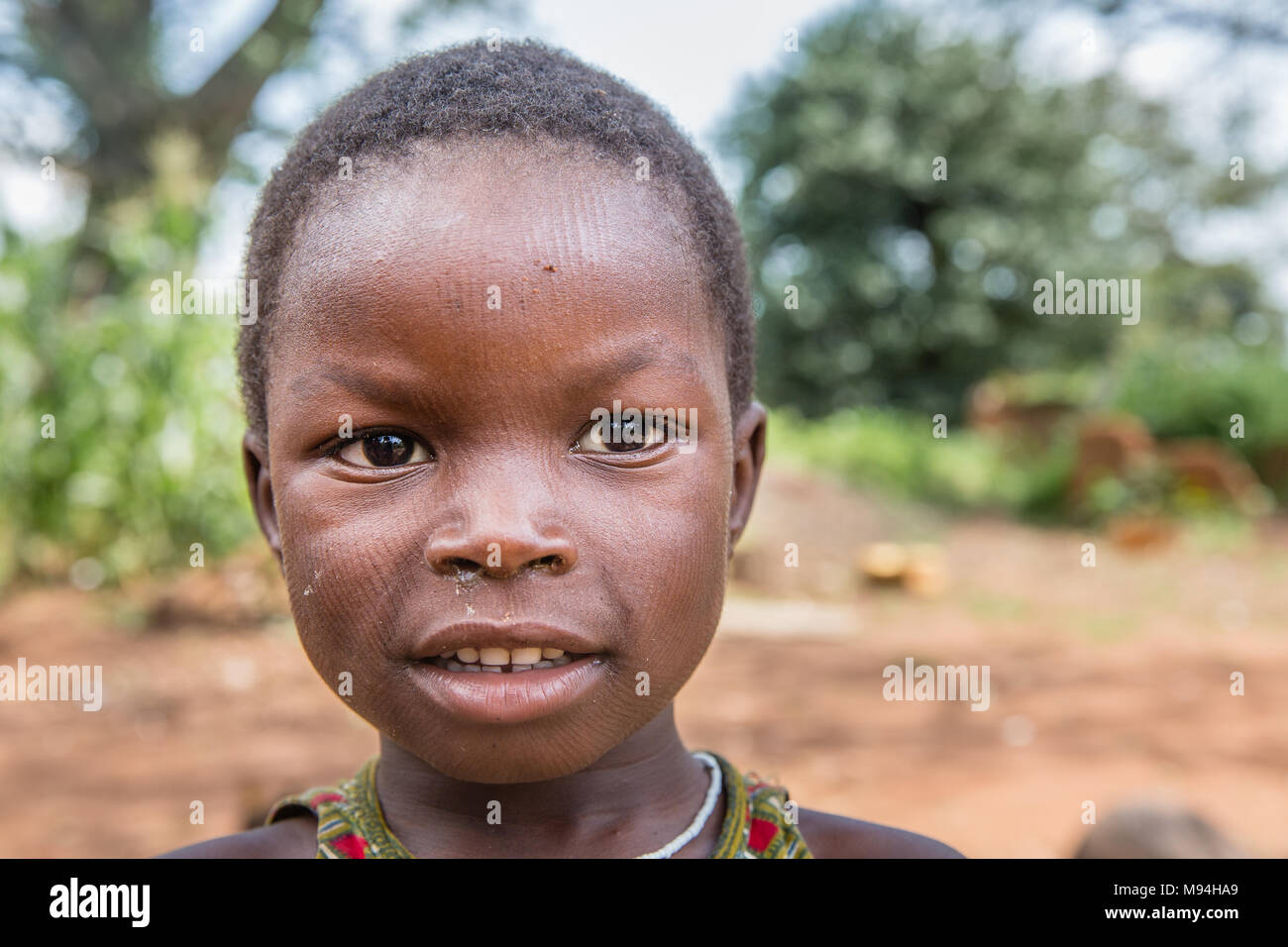 The Somba people, from northwestern Benin and northern Togo, are known for their body scarring rituals, starting at around two years old. These scars are a form of permanent identification mark, which identify a person as belonging to a particular tribe. Additional marks are added at puberty, marriage, post-child birth and other life events as a form of visible communication between people. Kossokouangou, north western Benin Stock Photohttps://www.alamy.com/image-license-details/?v=1https://www.alamy.com/the-somba-people-from-northwestern-benin-and-northern-togo-are-known-for-their-body-scarring-rituals-starting-at-around-two-years-old-these-scars-are-a-form-of-permanent-identification-mark-which-identify-a-person-as-belonging-to-a-particular-tribe-additional-marks-are-added-at-puberty-marriage-post-child-birth-and-other-life-events-as-a-form-of-visible-communication-between-people-kossokouangou-north-western-benin-image177737009.html
The Somba people, from northwestern Benin and northern Togo, are known for their body scarring rituals, starting at around two years old. These scars are a form of permanent identification mark, which identify a person as belonging to a particular tribe. Additional marks are added at puberty, marriage, post-child birth and other life events as a form of visible communication between people. Kossokouangou, north western Benin Stock Photohttps://www.alamy.com/image-license-details/?v=1https://www.alamy.com/the-somba-people-from-northwestern-benin-and-northern-togo-are-known-for-their-body-scarring-rituals-starting-at-around-two-years-old-these-scars-are-a-form-of-permanent-identification-mark-which-identify-a-person-as-belonging-to-a-particular-tribe-additional-marks-are-added-at-puberty-marriage-post-child-birth-and-other-life-events-as-a-form-of-visible-communication-between-people-kossokouangou-north-western-benin-image177737009.htmlRMM94HA9–The Somba people, from northwestern Benin and northern Togo, are known for their body scarring rituals, starting at around two years old. These scars are a form of permanent identification mark, which identify a person as belonging to a particular tribe. Additional marks are added at puberty, marriage, post-child birth and other life events as a form of visible communication between people. Kossokouangou, north western Benin
 Rice and grains, Yara Market; Naititingou, Atacora, Benin Stock Photohttps://www.alamy.com/image-license-details/?v=1https://www.alamy.com/rice-and-grains-yara-market-naititingou-atacora-benin-image491825190.html
Rice and grains, Yara Market; Naititingou, Atacora, Benin Stock Photohttps://www.alamy.com/image-license-details/?v=1https://www.alamy.com/rice-and-grains-yara-market-naititingou-atacora-benin-image491825190.htmlRM2KG4G1A–Rice and grains, Yara Market; Naititingou, Atacora, Benin
 Flame tree (Brachychiton acerifolius), Gnemasson, Atacora, Benin Stock Photohttps://www.alamy.com/image-license-details/?v=1https://www.alamy.com/flame-tree-brachychiton-acerifolius-gnemasson-atacora-benin-image491811741.html
Flame tree (Brachychiton acerifolius), Gnemasson, Atacora, Benin Stock Photohttps://www.alamy.com/image-license-details/?v=1https://www.alamy.com/flame-tree-brachychiton-acerifolius-gnemasson-atacora-benin-image491811741.htmlRM2KG3XW1–Flame tree (Brachychiton acerifolius), Gnemasson, Atacora, Benin
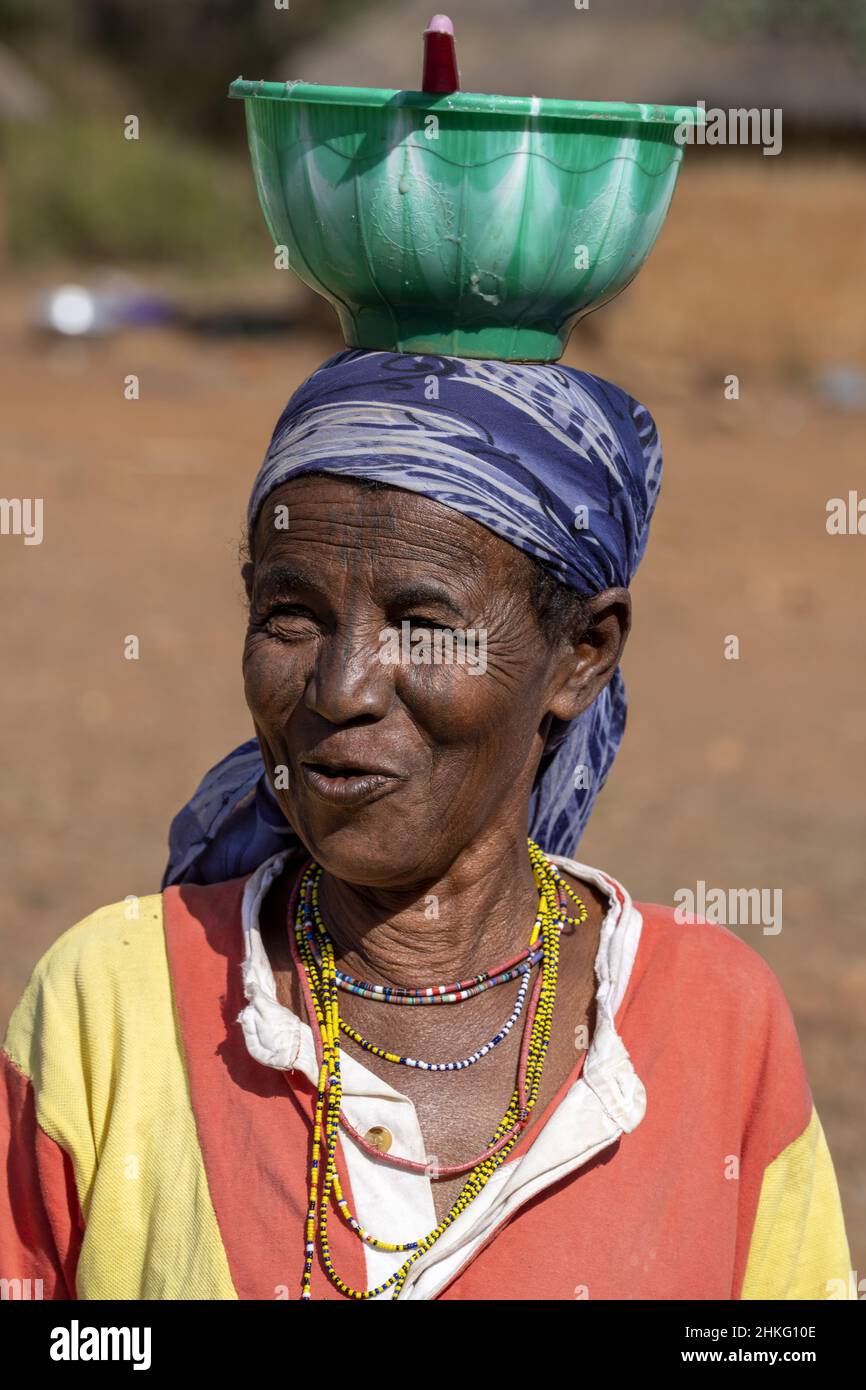 Benin, Natitingou province, peul tribal village of Moukokotamou Stock Photohttps://www.alamy.com/image-license-details/?v=1https://www.alamy.com/benin-natitingou-province-peul-tribal-village-of-moukokotamou-image459500062.html
Benin, Natitingou province, peul tribal village of Moukokotamou Stock Photohttps://www.alamy.com/image-license-details/?v=1https://www.alamy.com/benin-natitingou-province-peul-tribal-village-of-moukokotamou-image459500062.htmlRM2HKG10E–Benin, Natitingou province, peul tribal village of Moukokotamou
 Benin, Natitingou province, peul tribal village of Moukokotamou, preparing the fulani cheese and the sauce Stock Photohttps://www.alamy.com/image-license-details/?v=1https://www.alamy.com/benin-natitingou-province-peul-tribal-village-of-moukokotamou-preparing-the-fulani-cheese-and-the-sauce-image459500152.html
Benin, Natitingou province, peul tribal village of Moukokotamou, preparing the fulani cheese and the sauce Stock Photohttps://www.alamy.com/image-license-details/?v=1https://www.alamy.com/benin-natitingou-province-peul-tribal-village-of-moukokotamou-preparing-the-fulani-cheese-and-the-sauce-image459500152.htmlRM2HKG13M–Benin, Natitingou province, peul tribal village of Moukokotamou, preparing the fulani cheese and the sauce
 Benin, Natitingou province, peul tribal village of Moukokotamou Stock Photohttps://www.alamy.com/image-license-details/?v=1https://www.alamy.com/benin-natitingou-province-peul-tribal-village-of-moukokotamou-image459499788.html
Benin, Natitingou province, peul tribal village of Moukokotamou Stock Photohttps://www.alamy.com/image-license-details/?v=1https://www.alamy.com/benin-natitingou-province-peul-tribal-village-of-moukokotamou-image459499788.htmlRM2HKG0JM–Benin, Natitingou province, peul tribal village of Moukokotamou
 Togo, West Africa, Nadoba, traditional tata somba houses with thatched roofs and granaries Stock Photohttps://www.alamy.com/image-license-details/?v=1https://www.alamy.com/stock-photo-togo-west-africa-nadoba-traditional-tata-somba-houses-with-thatched-87718355.html
Togo, West Africa, Nadoba, traditional tata somba houses with thatched roofs and granaries Stock Photohttps://www.alamy.com/image-license-details/?v=1https://www.alamy.com/stock-photo-togo-west-africa-nadoba-traditional-tata-somba-houses-with-thatched-87718355.htmlRMF2KWJB–Togo, West Africa, Nadoba, traditional tata somba houses with thatched roofs and granaries
 Benin, West Africa, Boukoumbé, voodoo altars in front of a traditional tata somba house Stock Photohttps://www.alamy.com/image-license-details/?v=1https://www.alamy.com/stock-photo-benin-west-africa-boukoumb-voodoo-altars-in-front-of-a-traditional-87710476.html
Benin, West Africa, Boukoumbé, voodoo altars in front of a traditional tata somba house Stock Photohttps://www.alamy.com/image-license-details/?v=1https://www.alamy.com/stock-photo-benin-west-africa-boukoumb-voodoo-altars-in-front-of-a-traditional-87710476.htmlRMF2KFH0–Benin, West Africa, Boukoumbé, voodoo altars in front of a traditional tata somba house
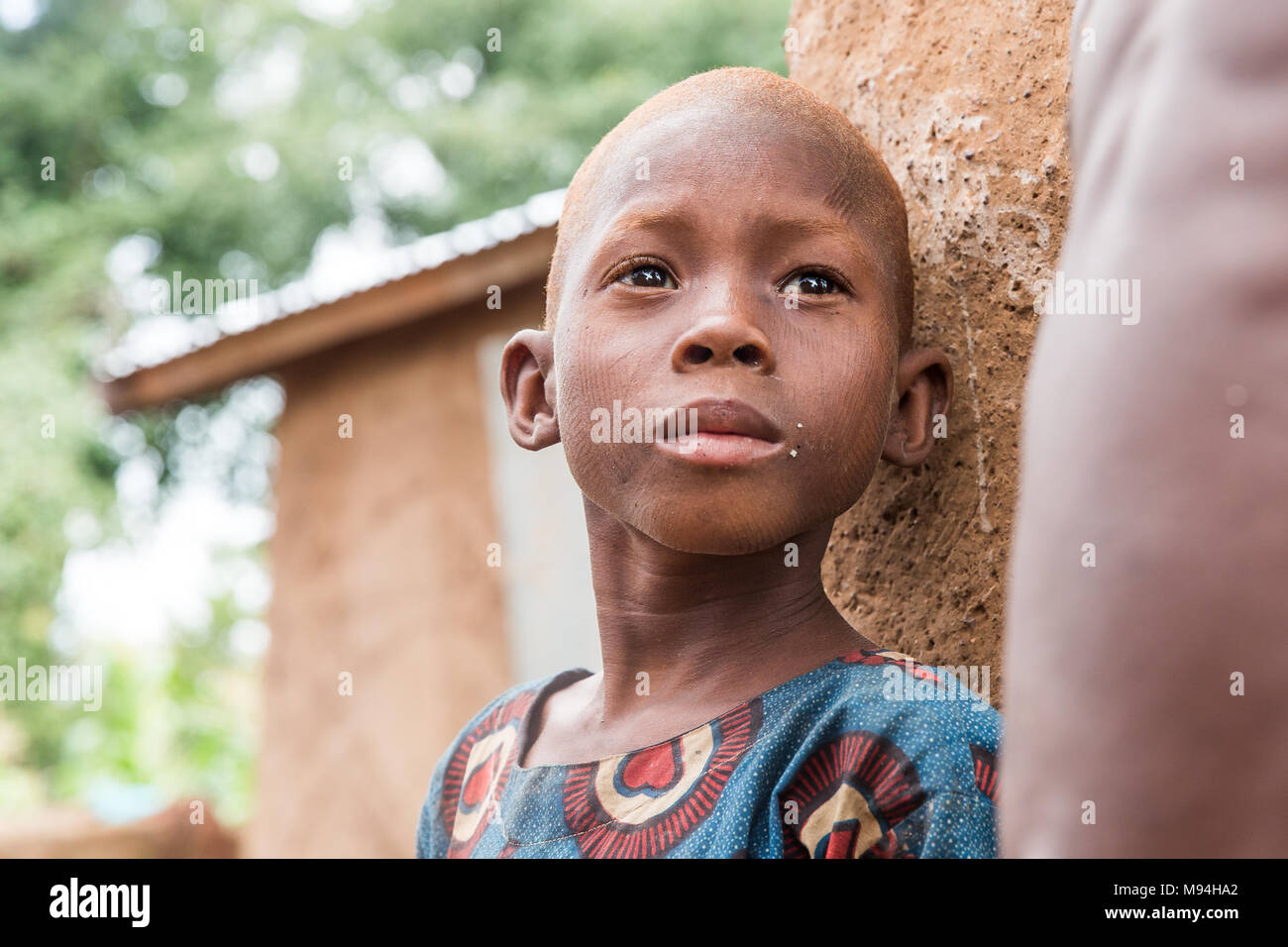 The Somba people, from northwestern Benin and northern Togo, are known for their body scarring rituals, starting at around two years old. These scars are a form of permanent identification mark, which identify a person as belonging to a particular tribe. Additional marks are added at puberty, marriage, post-child birth and other life events as a form of visible communication between people. Kossokouangou, north western Benin Stock Photohttps://www.alamy.com/image-license-details/?v=1https://www.alamy.com/the-somba-people-from-northwestern-benin-and-northern-togo-are-known-for-their-body-scarring-rituals-starting-at-around-two-years-old-these-scars-are-a-form-of-permanent-identification-mark-which-identify-a-person-as-belonging-to-a-particular-tribe-additional-marks-are-added-at-puberty-marriage-post-child-birth-and-other-life-events-as-a-form-of-visible-communication-between-people-kossokouangou-north-western-benin-image177737002.html
The Somba people, from northwestern Benin and northern Togo, are known for their body scarring rituals, starting at around two years old. These scars are a form of permanent identification mark, which identify a person as belonging to a particular tribe. Additional marks are added at puberty, marriage, post-child birth and other life events as a form of visible communication between people. Kossokouangou, north western Benin Stock Photohttps://www.alamy.com/image-license-details/?v=1https://www.alamy.com/the-somba-people-from-northwestern-benin-and-northern-togo-are-known-for-their-body-scarring-rituals-starting-at-around-two-years-old-these-scars-are-a-form-of-permanent-identification-mark-which-identify-a-person-as-belonging-to-a-particular-tribe-additional-marks-are-added-at-puberty-marriage-post-child-birth-and-other-life-events-as-a-form-of-visible-communication-between-people-kossokouangou-north-western-benin-image177737002.htmlRMM94HA2–The Somba people, from northwestern Benin and northern Togo, are known for their body scarring rituals, starting at around two years old. These scars are a form of permanent identification mark, which identify a person as belonging to a particular tribe. Additional marks are added at puberty, marriage, post-child birth and other life events as a form of visible communication between people. Kossokouangou, north western Benin
 Rural scene with courtyard and trees, Pehunco, Atacora, Benin Stock Photohttps://www.alamy.com/image-license-details/?v=1https://www.alamy.com/rural-scene-with-courtyard-and-trees-pehunco-atacora-benin-image491811250.html
Rural scene with courtyard and trees, Pehunco, Atacora, Benin Stock Photohttps://www.alamy.com/image-license-details/?v=1https://www.alamy.com/rural-scene-with-courtyard-and-trees-pehunco-atacora-benin-image491811250.htmlRM2KG3X7E–Rural scene with courtyard and trees, Pehunco, Atacora, Benin
 A young Ditamari boy poses for a pictures in northern Togo. Stock Photohttps://www.alamy.com/image-license-details/?v=1https://www.alamy.com/a-young-ditamari-boy-poses-for-a-pictures-in-northern-togo-image177737080.html
A young Ditamari boy poses for a pictures in northern Togo. Stock Photohttps://www.alamy.com/image-license-details/?v=1https://www.alamy.com/a-young-ditamari-boy-poses-for-a-pictures-in-northern-togo-image177737080.htmlRMM94HCT–A young Ditamari boy poses for a pictures in northern Togo.
 Primary school building, Coubly, rural Atacora, Benin Stock Photohttps://www.alamy.com/image-license-details/?v=1https://www.alamy.com/primary-school-building-coubly-rural-atacora-benin-image491810603.html
Primary school building, Coubly, rural Atacora, Benin Stock Photohttps://www.alamy.com/image-license-details/?v=1https://www.alamy.com/primary-school-building-coubly-rural-atacora-benin-image491810603.htmlRM2KG3WCB–Primary school building, Coubly, rural Atacora, Benin
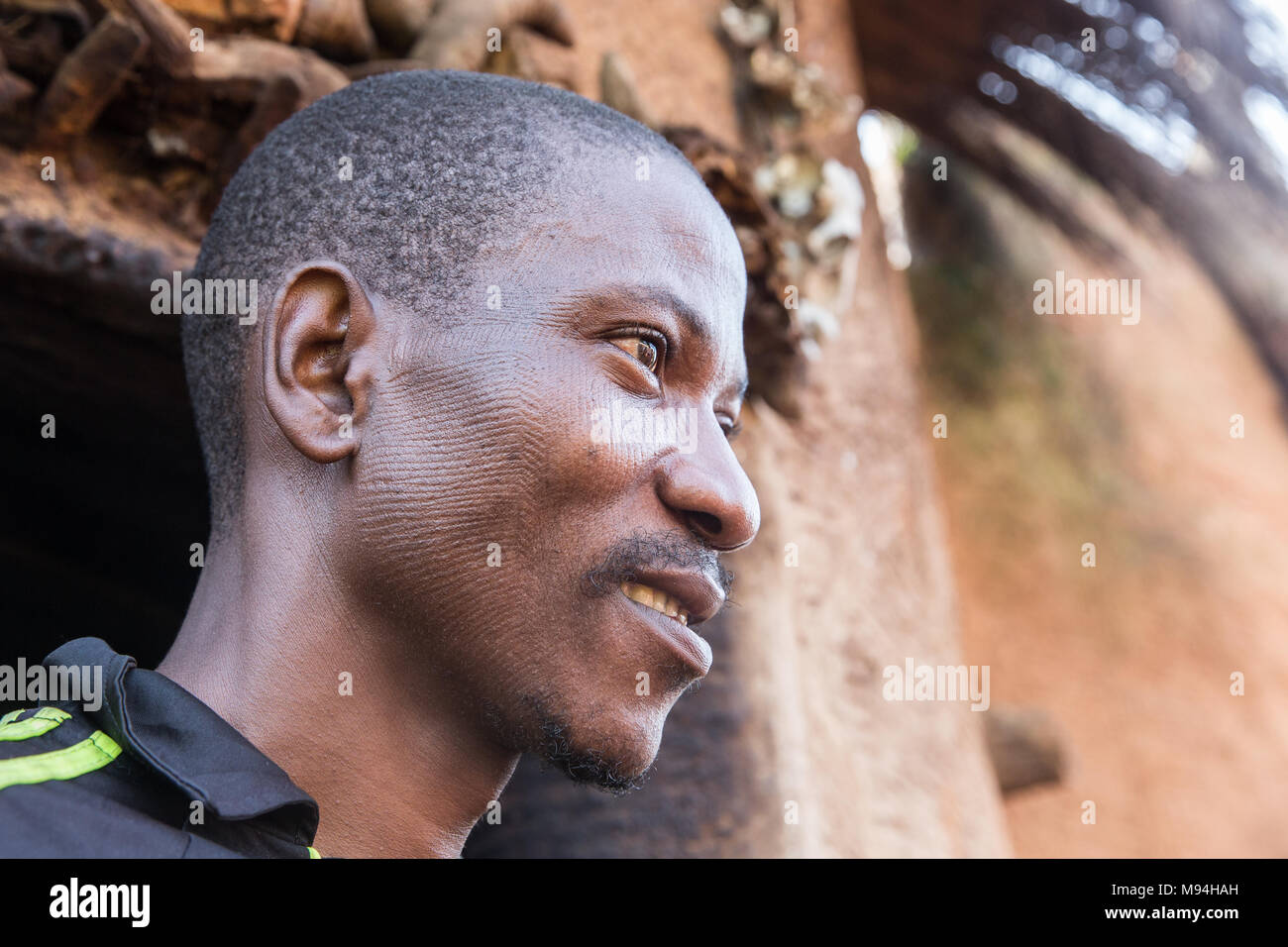 The Somba people, from northwestern Benin and northern Togo, are known for their body scarring rituals, starting at around two years old. These scars are a form of permanent identification mark, which identify a person as belonging to a particular tribe. Additional marks are added at puberty, marriage, post-child birth and other life events as a form of visible communication between people. Kossokouangou, north western Benin Stock Photohttps://www.alamy.com/image-license-details/?v=1https://www.alamy.com/the-somba-people-from-northwestern-benin-and-northern-togo-are-known-for-their-body-scarring-rituals-starting-at-around-two-years-old-these-scars-are-a-form-of-permanent-identification-mark-which-identify-a-person-as-belonging-to-a-particular-tribe-additional-marks-are-added-at-puberty-marriage-post-child-birth-and-other-life-events-as-a-form-of-visible-communication-between-people-kossokouangou-north-western-benin-image177737017.html
The Somba people, from northwestern Benin and northern Togo, are known for their body scarring rituals, starting at around two years old. These scars are a form of permanent identification mark, which identify a person as belonging to a particular tribe. Additional marks are added at puberty, marriage, post-child birth and other life events as a form of visible communication between people. Kossokouangou, north western Benin Stock Photohttps://www.alamy.com/image-license-details/?v=1https://www.alamy.com/the-somba-people-from-northwestern-benin-and-northern-togo-are-known-for-their-body-scarring-rituals-starting-at-around-two-years-old-these-scars-are-a-form-of-permanent-identification-mark-which-identify-a-person-as-belonging-to-a-particular-tribe-additional-marks-are-added-at-puberty-marriage-post-child-birth-and-other-life-events-as-a-form-of-visible-communication-between-people-kossokouangou-north-western-benin-image177737017.htmlRMM94HAH–The Somba people, from northwestern Benin and northern Togo, are known for their body scarring rituals, starting at around two years old. These scars are a form of permanent identification mark, which identify a person as belonging to a particular tribe. Additional marks are added at puberty, marriage, post-child birth and other life events as a form of visible communication between people. Kossokouangou, north western Benin
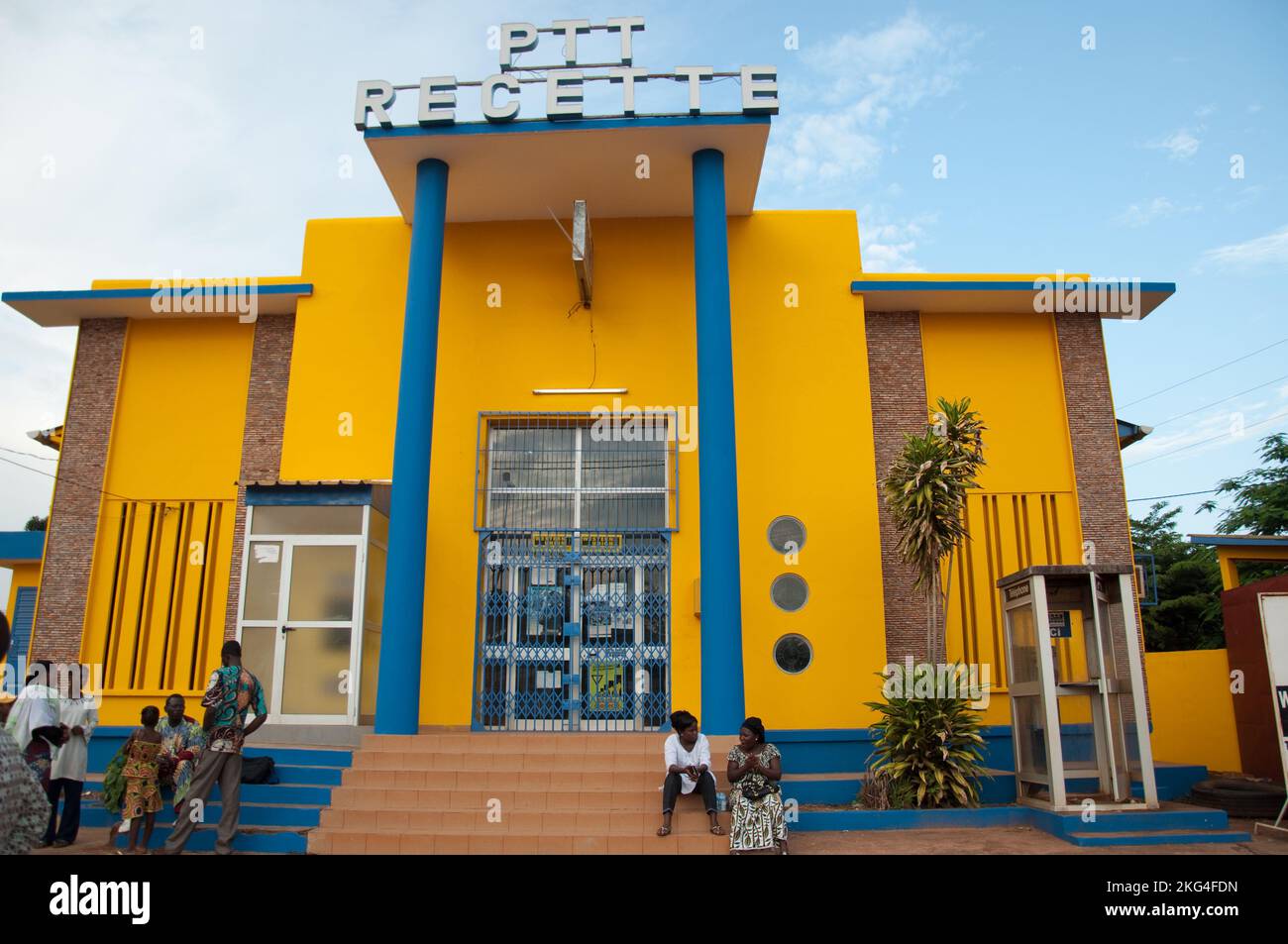 PTT - Post and telecommunications Office, Natitingou, Atacora, Benin Stock Photohttps://www.alamy.com/image-license-details/?v=1https://www.alamy.com/ptt-post-and-telecommunications-office-natitingou-atacora-benin-image491824753.html
PTT - Post and telecommunications Office, Natitingou, Atacora, Benin Stock Photohttps://www.alamy.com/image-license-details/?v=1https://www.alamy.com/ptt-post-and-telecommunications-office-natitingou-atacora-benin-image491824753.htmlRM2KG4FDN–PTT - Post and telecommunications Office, Natitingou, Atacora, Benin
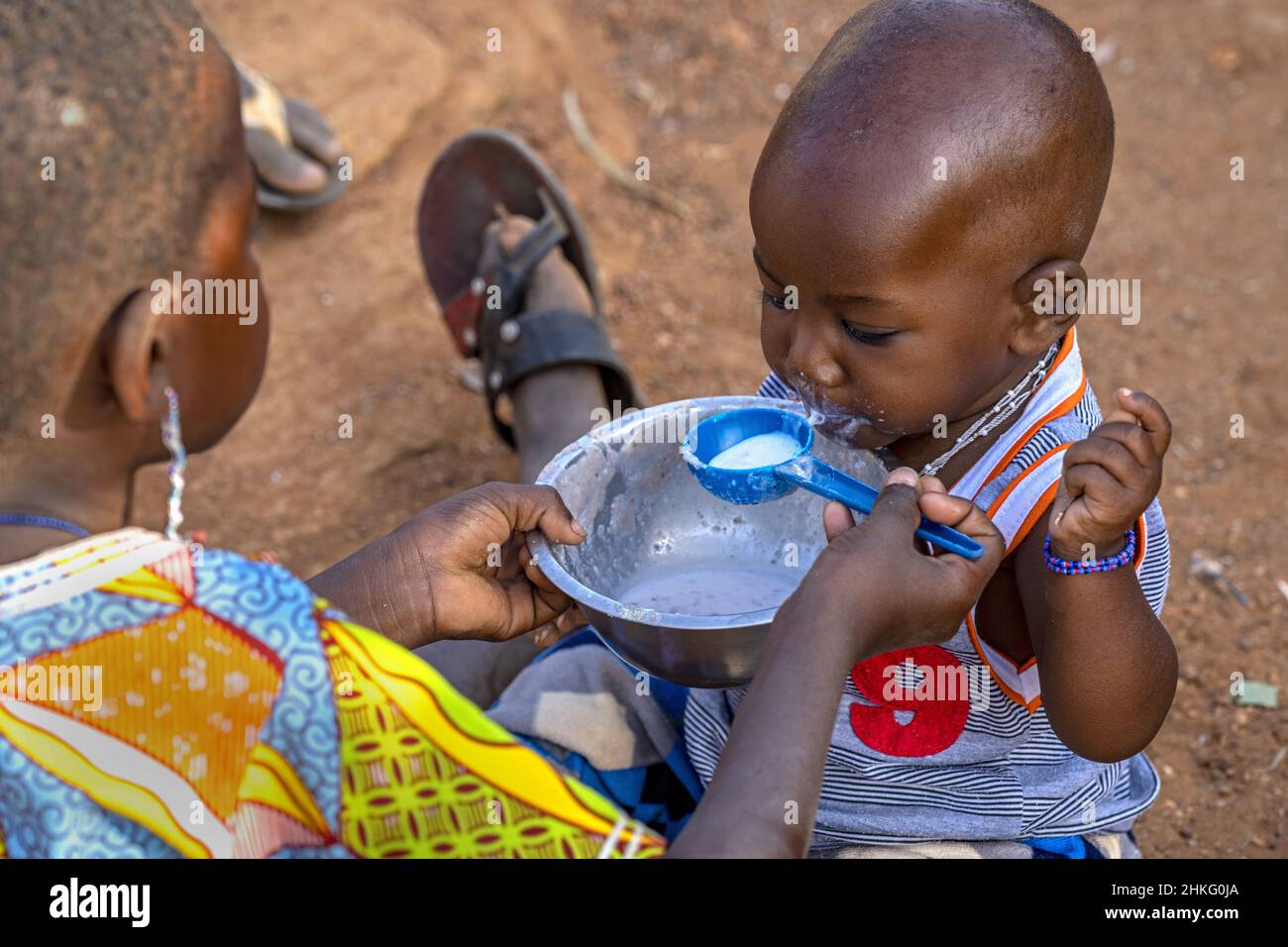 Benin, Natitingou province, peul tribal village of Moukokotamou Stock Photohttps://www.alamy.com/image-license-details/?v=1https://www.alamy.com/benin-natitingou-province-peul-tribal-village-of-moukokotamou-image459499778.html
Benin, Natitingou province, peul tribal village of Moukokotamou Stock Photohttps://www.alamy.com/image-license-details/?v=1https://www.alamy.com/benin-natitingou-province-peul-tribal-village-of-moukokotamou-image459499778.htmlRM2HKG0JA–Benin, Natitingou province, peul tribal village of Moukokotamou
 Benin, Natitingou province, peul tribal village of Moukokotamou Stock Photohttps://www.alamy.com/image-license-details/?v=1https://www.alamy.com/benin-natitingou-province-peul-tribal-village-of-moukokotamou-image459499879.html
Benin, Natitingou province, peul tribal village of Moukokotamou Stock Photohttps://www.alamy.com/image-license-details/?v=1https://www.alamy.com/benin-natitingou-province-peul-tribal-village-of-moukokotamou-image459499879.htmlRM2HKG0NY–Benin, Natitingou province, peul tribal village of Moukokotamou
 Benin, Natitingou Province, Otamari Tribe, Tata Somba housing Stock Photohttps://www.alamy.com/image-license-details/?v=1https://www.alamy.com/benin-natitingou-province-otamari-tribe-tata-somba-housing-image459500082.html
Benin, Natitingou Province, Otamari Tribe, Tata Somba housing Stock Photohttps://www.alamy.com/image-license-details/?v=1https://www.alamy.com/benin-natitingou-province-otamari-tribe-tata-somba-housing-image459500082.htmlRM2HKG116–Benin, Natitingou Province, Otamari Tribe, Tata Somba housing
 Benin, West Africa, Boukoumbé, voodoo altars representing the spirits of the dead people from the traditional tata somba house Stock Photohttps://www.alamy.com/image-license-details/?v=1https://www.alamy.com/stock-photo-benin-west-africa-boukoumb-voodoo-altars-representing-the-spirits-87710781.html
Benin, West Africa, Boukoumbé, voodoo altars representing the spirits of the dead people from the traditional tata somba house Stock Photohttps://www.alamy.com/image-license-details/?v=1https://www.alamy.com/stock-photo-benin-west-africa-boukoumb-voodoo-altars-representing-the-spirits-87710781.htmlRMF2KFYW–Benin, West Africa, Boukoumbé, voodoo altars representing the spirits of the dead people from the traditional tata somba house
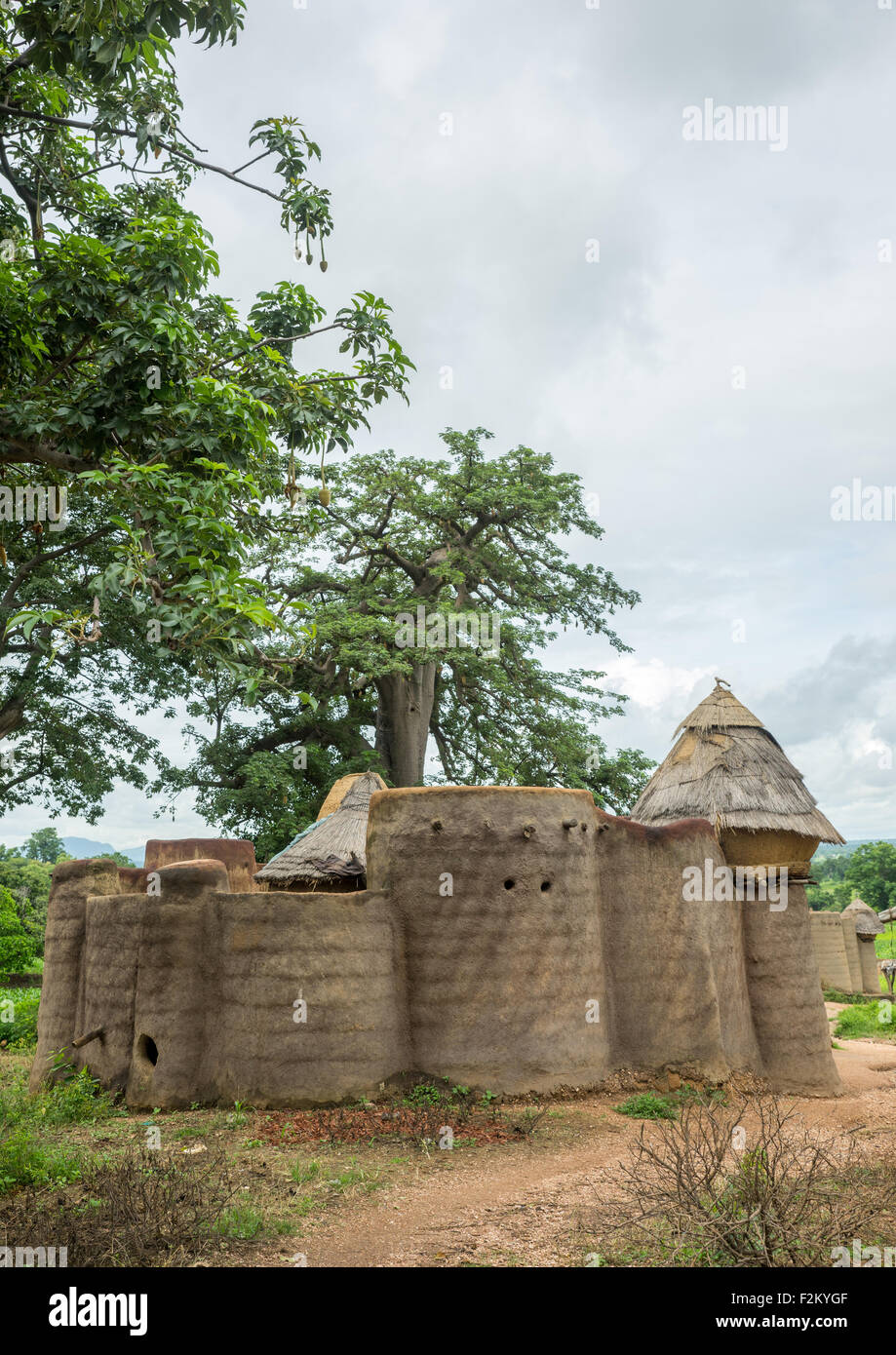 Togo, West Africa, Nadoba, traditional tata somba houses with thatched roofs and granaries Stock Photohttps://www.alamy.com/image-license-details/?v=1https://www.alamy.com/stock-photo-togo-west-africa-nadoba-traditional-tata-somba-houses-with-thatched-87719871.html
Togo, West Africa, Nadoba, traditional tata somba houses with thatched roofs and granaries Stock Photohttps://www.alamy.com/image-license-details/?v=1https://www.alamy.com/stock-photo-togo-west-africa-nadoba-traditional-tata-somba-houses-with-thatched-87719871.htmlRMF2KYGF–Togo, West Africa, Nadoba, traditional tata somba houses with thatched roofs and granaries
 Benin, West Africa, Boukoumbé, traditional tata somba houses with thatched roofs and granaries Stock Photohttps://www.alamy.com/image-license-details/?v=1https://www.alamy.com/stock-photo-benin-west-africa-boukoumb-traditional-tata-somba-houses-with-thatched-87710864.html
Benin, West Africa, Boukoumbé, traditional tata somba houses with thatched roofs and granaries Stock Photohttps://www.alamy.com/image-license-details/?v=1https://www.alamy.com/stock-photo-benin-west-africa-boukoumb-traditional-tata-somba-houses-with-thatched-87710864.htmlRMF2KG2T–Benin, West Africa, Boukoumbé, traditional tata somba houses with thatched roofs and granaries
 The Somba people, from northwestern Benin and northern Togo, are known for their body scarring rituals, starting at around two years old. These scars are a form of permanent identification mark, which identify a person as belonging to a particular tribe. Additional marks are added at puberty, marriage, post-child birth and other life events as a form of visible communication between people. Kossokouangou, north western Benin Stock Photohttps://www.alamy.com/image-license-details/?v=1https://www.alamy.com/the-somba-people-from-northwestern-benin-and-northern-togo-are-known-for-their-body-scarring-rituals-starting-at-around-two-years-old-these-scars-are-a-form-of-permanent-identification-mark-which-identify-a-person-as-belonging-to-a-particular-tribe-additional-marks-are-added-at-puberty-marriage-post-child-birth-and-other-life-events-as-a-form-of-visible-communication-between-people-kossokouangou-north-western-benin-image177737066.html
The Somba people, from northwestern Benin and northern Togo, are known for their body scarring rituals, starting at around two years old. These scars are a form of permanent identification mark, which identify a person as belonging to a particular tribe. Additional marks are added at puberty, marriage, post-child birth and other life events as a form of visible communication between people. Kossokouangou, north western Benin Stock Photohttps://www.alamy.com/image-license-details/?v=1https://www.alamy.com/the-somba-people-from-northwestern-benin-and-northern-togo-are-known-for-their-body-scarring-rituals-starting-at-around-two-years-old-these-scars-are-a-form-of-permanent-identification-mark-which-identify-a-person-as-belonging-to-a-particular-tribe-additional-marks-are-added-at-puberty-marriage-post-child-birth-and-other-life-events-as-a-form-of-visible-communication-between-people-kossokouangou-north-western-benin-image177737066.htmlRMM94HCA–The Somba people, from northwestern Benin and northern Togo, are known for their body scarring rituals, starting at around two years old. These scars are a form of permanent identification mark, which identify a person as belonging to a particular tribe. Additional marks are added at puberty, marriage, post-child birth and other life events as a form of visible communication between people. Kossokouangou, north western Benin
 beautifully arranged peanuts for sale, Natitingou, Atacora, Benin Stock Photohttps://www.alamy.com/image-license-details/?v=1https://www.alamy.com/beautifully-arranged-peanuts-for-sale-natitingou-atacora-benin-image491825454.html
beautifully arranged peanuts for sale, Natitingou, Atacora, Benin Stock Photohttps://www.alamy.com/image-license-details/?v=1https://www.alamy.com/beautifully-arranged-peanuts-for-sale-natitingou-atacora-benin-image491825454.htmlRM2KG4GAP–beautifully arranged peanuts for sale, Natitingou, Atacora, Benin
 Sleepy baby carried on mother's back, Atacora, Benin Stock Photohttps://www.alamy.com/image-license-details/?v=1https://www.alamy.com/sleepy-baby-carried-on-mothers-back-atacora-benin-image491812979.html
Sleepy baby carried on mother's back, Atacora, Benin Stock Photohttps://www.alamy.com/image-license-details/?v=1https://www.alamy.com/sleepy-baby-carried-on-mothers-back-atacora-benin-image491812979.htmlRM2KG40D7–Sleepy baby carried on mother's back, Atacora, Benin
 Main street, Tangueta, Atacora, Benin - hitchhiker, motorbikes, people Stock Photohttps://www.alamy.com/image-license-details/?v=1https://www.alamy.com/main-street-tangueta-atacora-benin-hitchhiker-motorbikes-people-image491812106.html
Main street, Tangueta, Atacora, Benin - hitchhiker, motorbikes, people Stock Photohttps://www.alamy.com/image-license-details/?v=1https://www.alamy.com/main-street-tangueta-atacora-benin-hitchhiker-motorbikes-people-image491812106.htmlRM2KG3YA2–Main street, Tangueta, Atacora, Benin - hitchhiker, motorbikes, people
 Benin, Natitingou, De Gaule saves animals that have been hurt or abandoned, python Stock Photohttps://www.alamy.com/image-license-details/?v=1https://www.alamy.com/benin-natitingou-de-gaule-saves-animals-that-have-been-hurt-or-abandoned-python-image459500121.html
Benin, Natitingou, De Gaule saves animals that have been hurt or abandoned, python Stock Photohttps://www.alamy.com/image-license-details/?v=1https://www.alamy.com/benin-natitingou-de-gaule-saves-animals-that-have-been-hurt-or-abandoned-python-image459500121.htmlRM2HKG12H–Benin, Natitingou, De Gaule saves animals that have been hurt or abandoned, python
 Benin, Natitingou, women drinking millet beer at the local pub Stock Photohttps://www.alamy.com/image-license-details/?v=1https://www.alamy.com/benin-natitingou-women-drinking-millet-beer-at-the-local-pub-image459500154.html
Benin, Natitingou, women drinking millet beer at the local pub Stock Photohttps://www.alamy.com/image-license-details/?v=1https://www.alamy.com/benin-natitingou-women-drinking-millet-beer-at-the-local-pub-image459500154.htmlRM2HKG13P–Benin, Natitingou, women drinking millet beer at the local pub
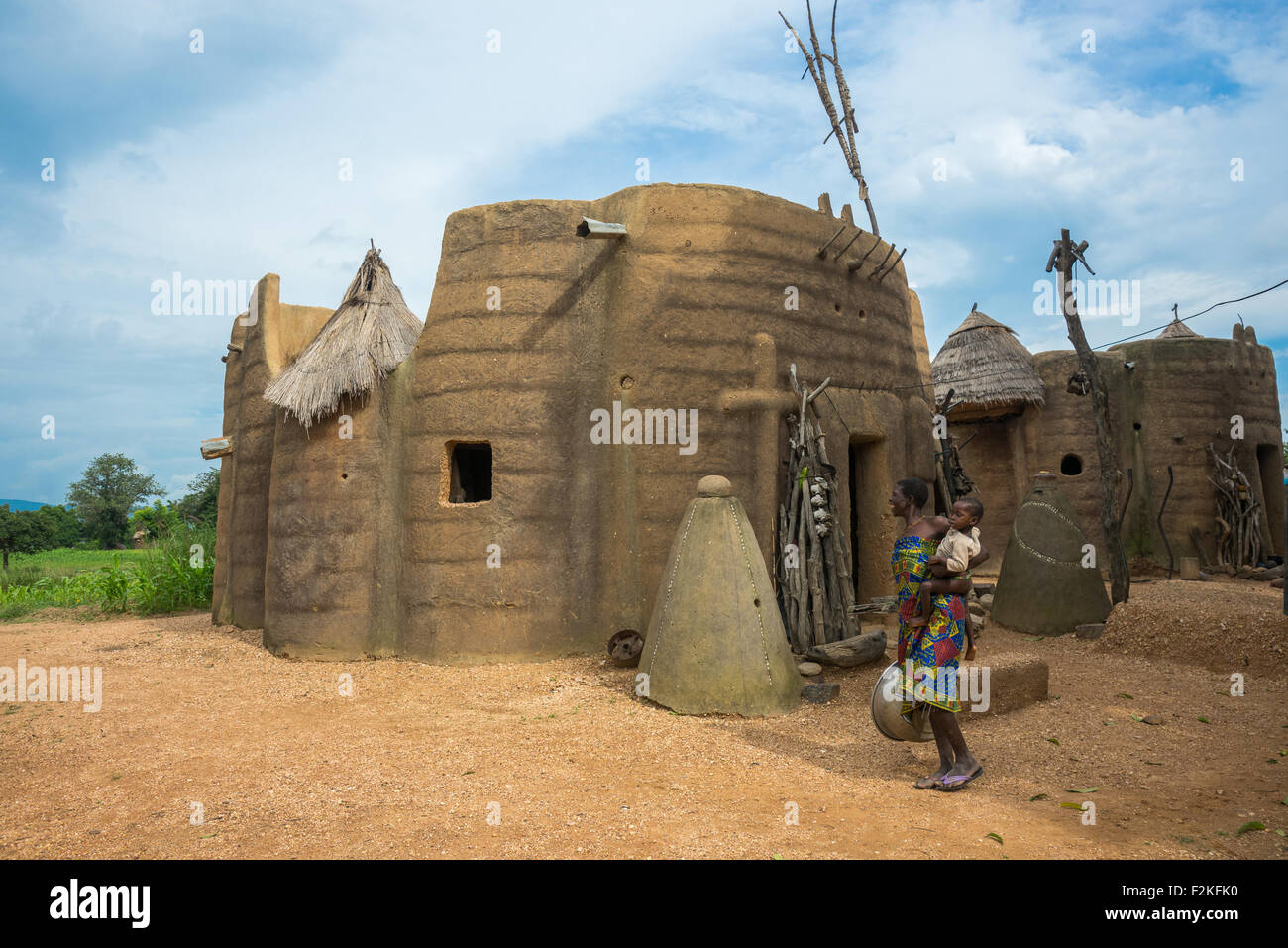 Benin, West Africa, Boukoumbé, mother and her baby in front of her traditional tata somba house with thatched roofs and granaries Stock Photohttps://www.alamy.com/image-license-details/?v=1https://www.alamy.com/stock-photo-benin-west-africa-boukoumb-mother-and-her-baby-in-front-of-her-traditional-87710532.html
Benin, West Africa, Boukoumbé, mother and her baby in front of her traditional tata somba house with thatched roofs and granaries Stock Photohttps://www.alamy.com/image-license-details/?v=1https://www.alamy.com/stock-photo-benin-west-africa-boukoumb-mother-and-her-baby-in-front-of-her-traditional-87710532.htmlRMF2KFK0–Benin, West Africa, Boukoumbé, mother and her baby in front of her traditional tata somba house with thatched roofs and granaries
 A Somba boy plays on his mobile phone in Kossokouangou, north western Benin. Stock Photohttps://www.alamy.com/image-license-details/?v=1https://www.alamy.com/a-somba-boy-plays-on-his-mobile-phone-in-kossokouangou-north-western-benin-image177736999.html
A Somba boy plays on his mobile phone in Kossokouangou, north western Benin. Stock Photohttps://www.alamy.com/image-license-details/?v=1https://www.alamy.com/a-somba-boy-plays-on-his-mobile-phone-in-kossokouangou-north-western-benin-image177736999.htmlRMM94H9Y–A Somba boy plays on his mobile phone in Kossokouangou, north western Benin.
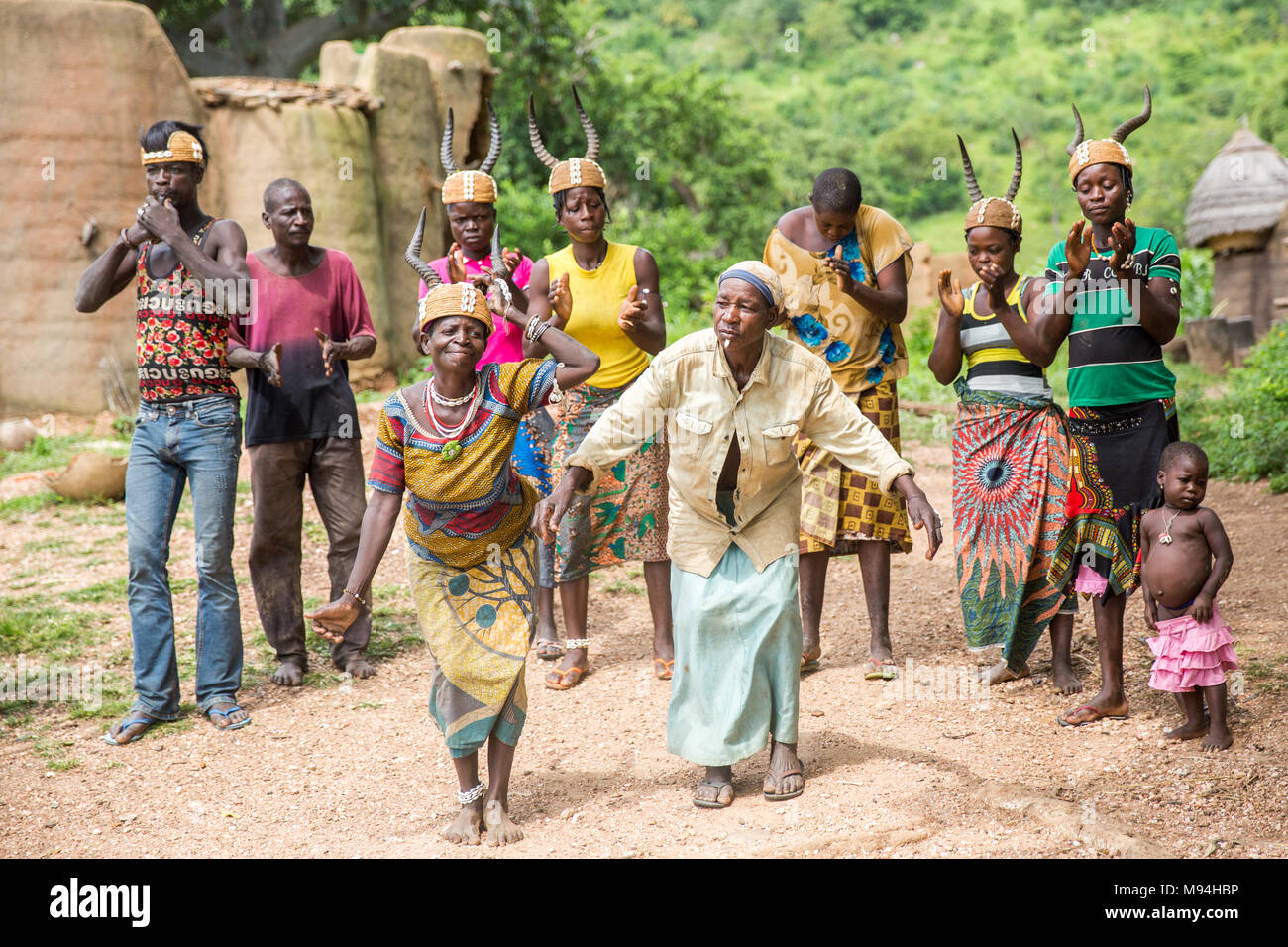 Somba village residents dance in front of their Tata Somba houses, northern Togo. Stock Photohttps://www.alamy.com/image-license-details/?v=1https://www.alamy.com/somba-village-residents-dance-in-front-of-their-tata-somba-houses-northern-togo-image177737050.html
Somba village residents dance in front of their Tata Somba houses, northern Togo. Stock Photohttps://www.alamy.com/image-license-details/?v=1https://www.alamy.com/somba-village-residents-dance-in-front-of-their-tata-somba-houses-northern-togo-image177737050.htmlRMM94HBP–Somba village residents dance in front of their Tata Somba houses, northern Togo.
 Boys driving donkey-drawn cart, Tangueta, Atacora, Benin Stock Photohttps://www.alamy.com/image-license-details/?v=1https://www.alamy.com/boys-driving-donkey-drawn-cart-tangueta-atacora-benin-image491811929.html
Boys driving donkey-drawn cart, Tangueta, Atacora, Benin Stock Photohttps://www.alamy.com/image-license-details/?v=1https://www.alamy.com/boys-driving-donkey-drawn-cart-tangueta-atacora-benin-image491811929.htmlRM2KG3Y3N–Boys driving donkey-drawn cart, Tangueta, Atacora, Benin
 Benin, Natitingou, De Gaule saves animals that have been hurt or abandoned Stock Photohttps://www.alamy.com/image-license-details/?v=1https://www.alamy.com/benin-natitingou-de-gaule-saves-animals-that-have-been-hurt-or-abandoned-image459500064.html
Benin, Natitingou, De Gaule saves animals that have been hurt or abandoned Stock Photohttps://www.alamy.com/image-license-details/?v=1https://www.alamy.com/benin-natitingou-de-gaule-saves-animals-that-have-been-hurt-or-abandoned-image459500064.htmlRM2HKG10G–Benin, Natitingou, De Gaule saves animals that have been hurt or abandoned
 Benin, West Africa, Boukoumbé, mother and her baby in front of her traditional tata somba house with thatched roofs and granaries Stock Photohttps://www.alamy.com/image-license-details/?v=1https://www.alamy.com/stock-photo-benin-west-africa-boukoumb-mother-and-her-baby-in-front-of-her-traditional-87690449.html
Benin, West Africa, Boukoumbé, mother and her baby in front of her traditional tata somba house with thatched roofs and granaries Stock Photohttps://www.alamy.com/image-license-details/?v=1https://www.alamy.com/stock-photo-benin-west-africa-boukoumb-mother-and-her-baby-in-front-of-her-traditional-87690449.htmlRMF2JJ1N–Benin, West Africa, Boukoumbé, mother and her baby in front of her traditional tata somba house with thatched roofs and granaries
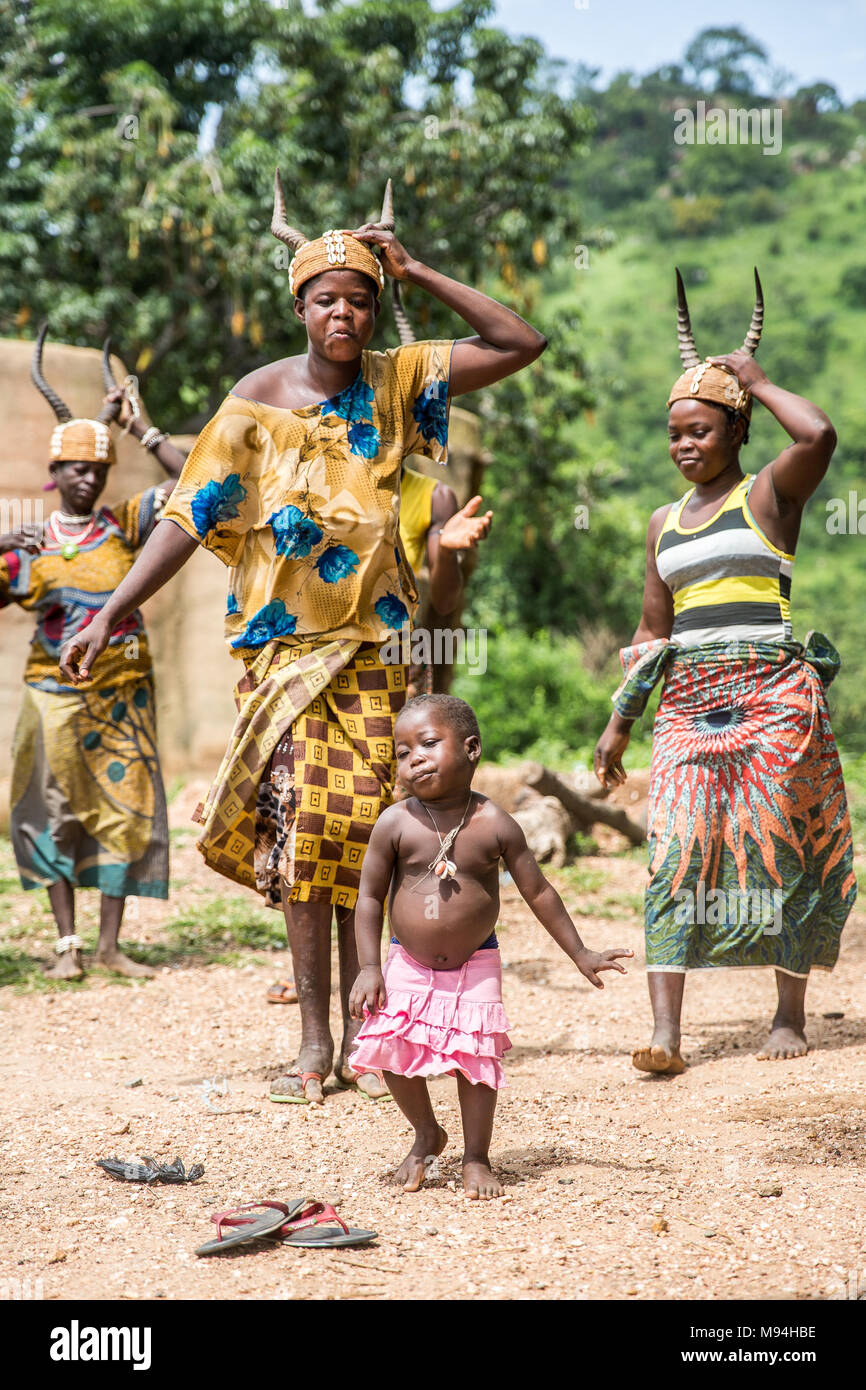 Somba village residents dance in front of their Tata Somba houses, northern Togo. Stock Photohttps://www.alamy.com/image-license-details/?v=1https://www.alamy.com/somba-village-residents-dance-in-front-of-their-tata-somba-houses-northern-togo-image177737042.html
Somba village residents dance in front of their Tata Somba houses, northern Togo. Stock Photohttps://www.alamy.com/image-license-details/?v=1https://www.alamy.com/somba-village-residents-dance-in-front-of-their-tata-somba-houses-northern-togo-image177737042.htmlRMM94HBE–Somba village residents dance in front of their Tata Somba houses, northern Togo.
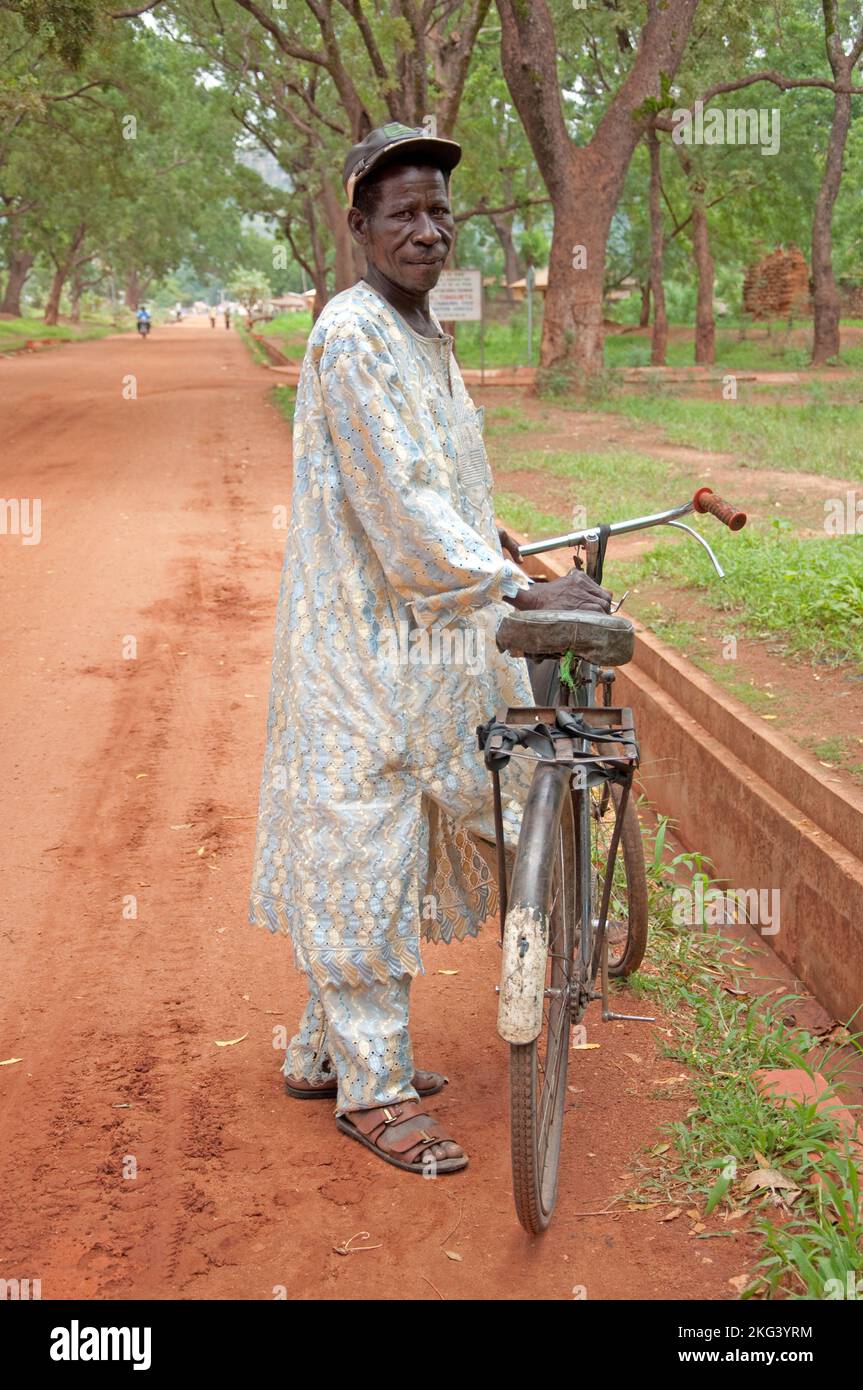 Man with bicycle wearing African Dress, Tangueta, Atacora, Benin Stock Photohttps://www.alamy.com/image-license-details/?v=1https://www.alamy.com/man-with-bicycle-wearing-african-dress-tangueta-atacora-benin-image491812488.html
Man with bicycle wearing African Dress, Tangueta, Atacora, Benin Stock Photohttps://www.alamy.com/image-license-details/?v=1https://www.alamy.com/man-with-bicycle-wearing-african-dress-tangueta-atacora-benin-image491812488.htmlRM2KG3YRM–Man with bicycle wearing African Dress, Tangueta, Atacora, Benin
